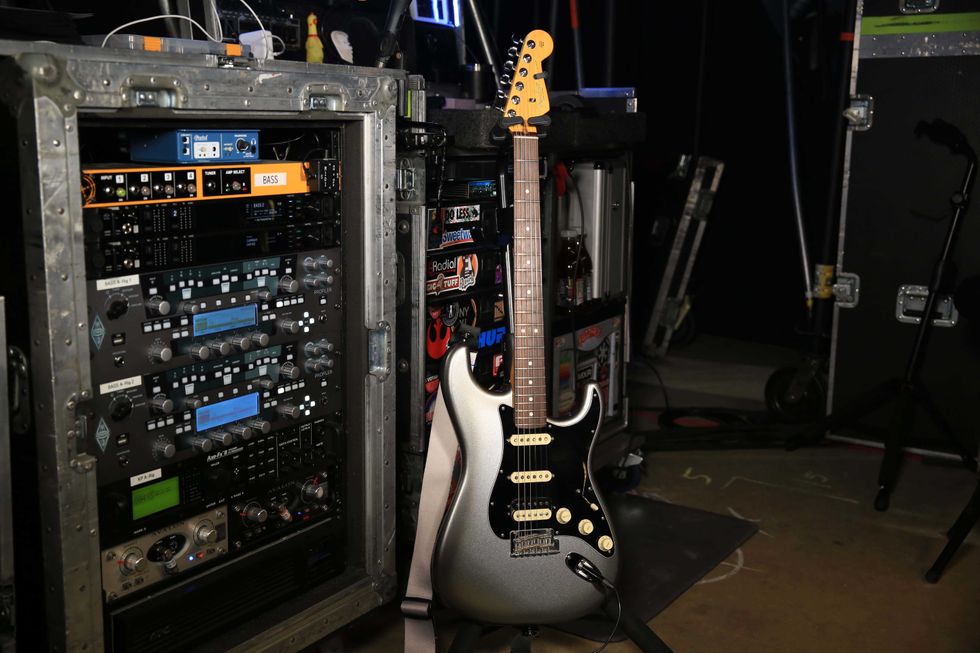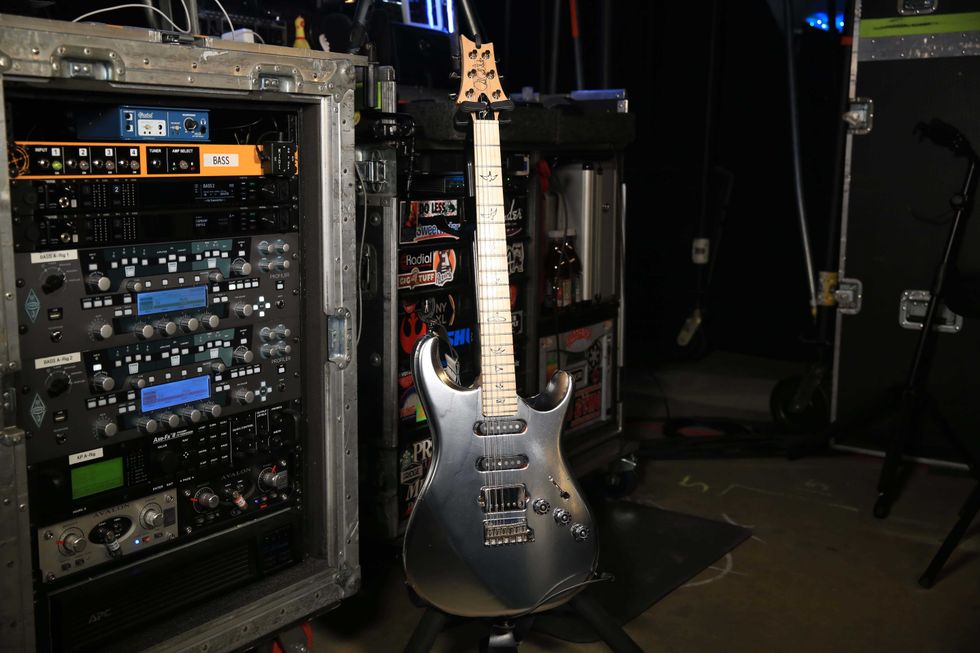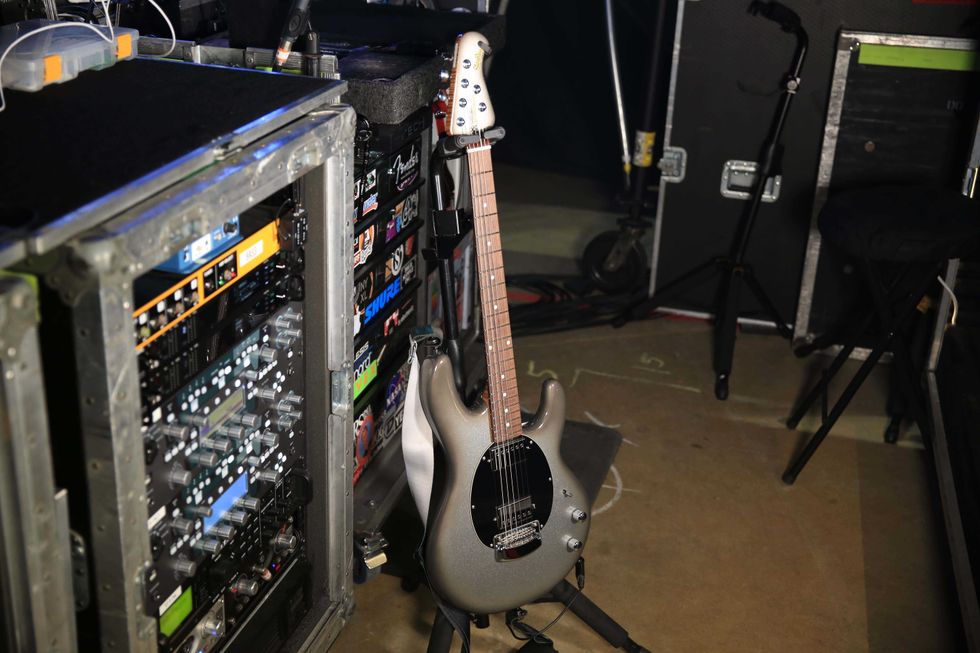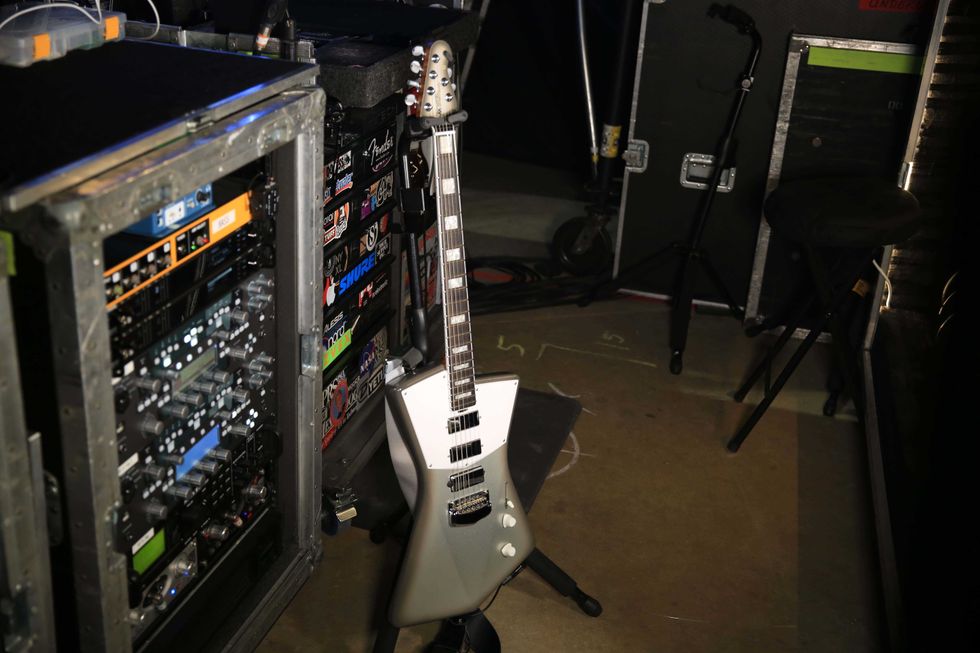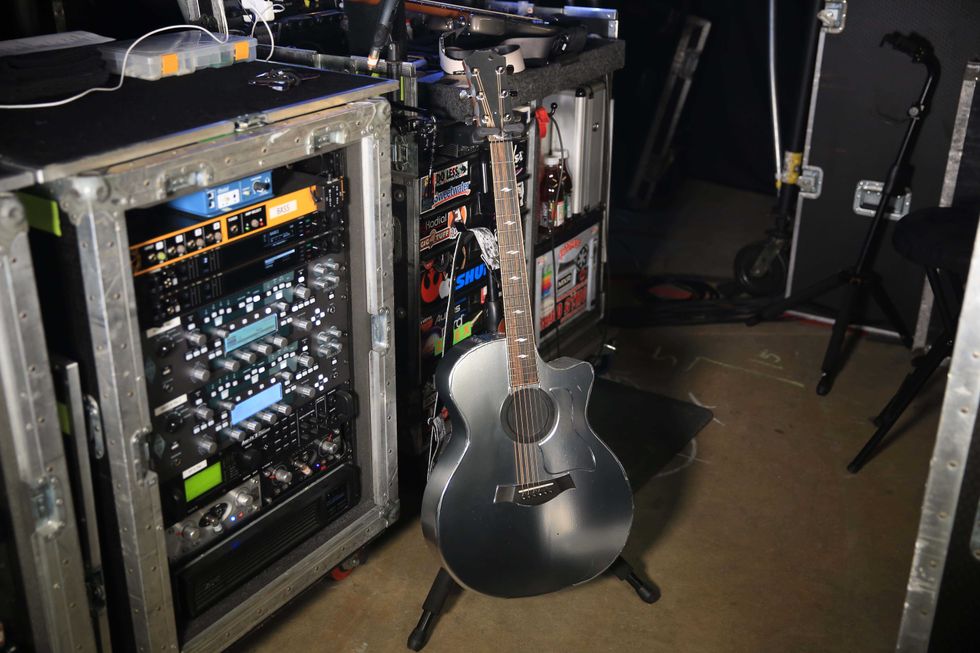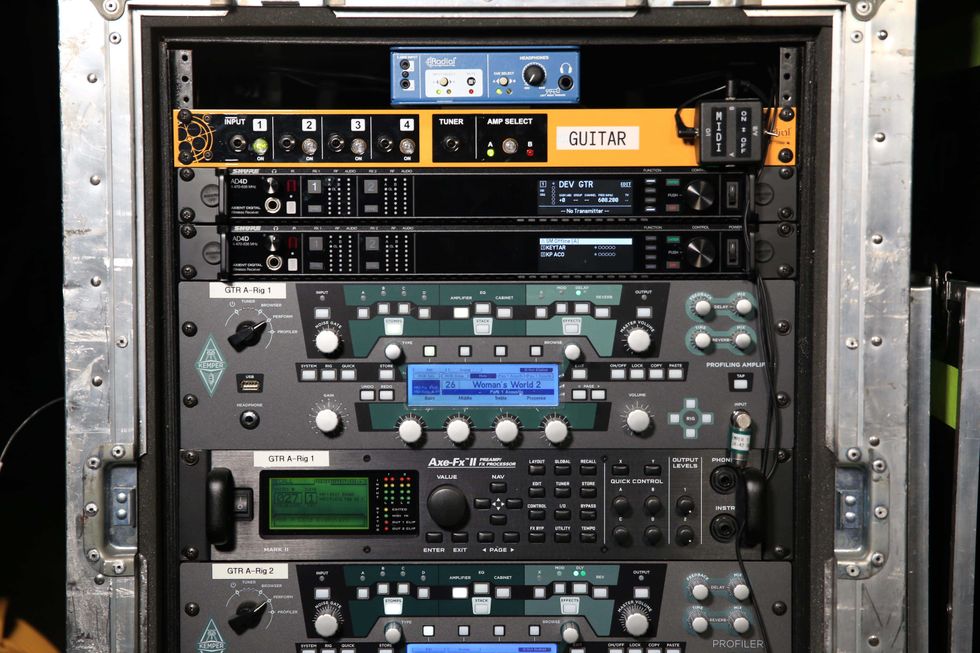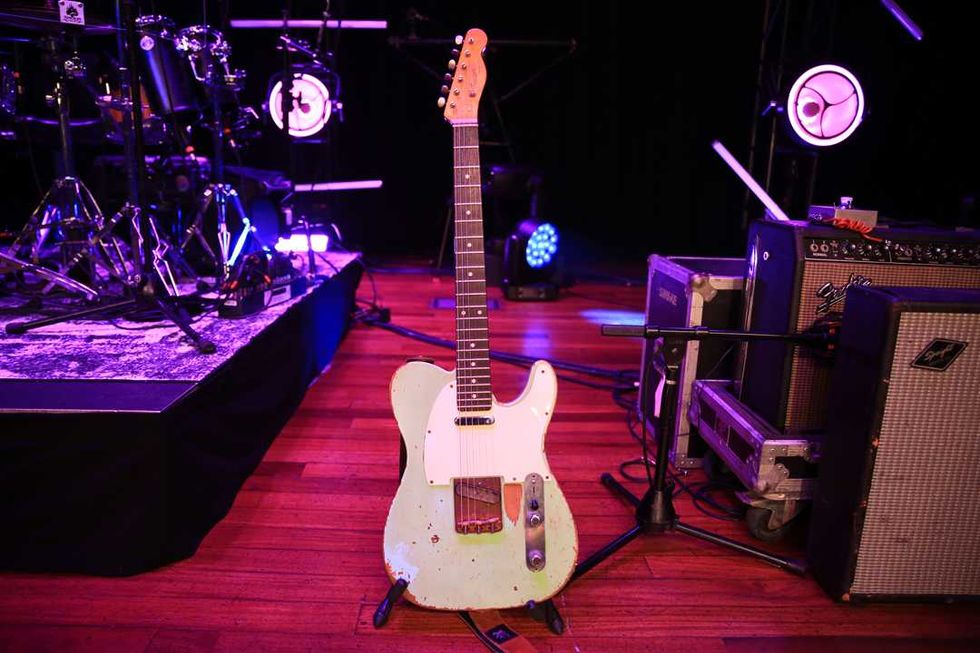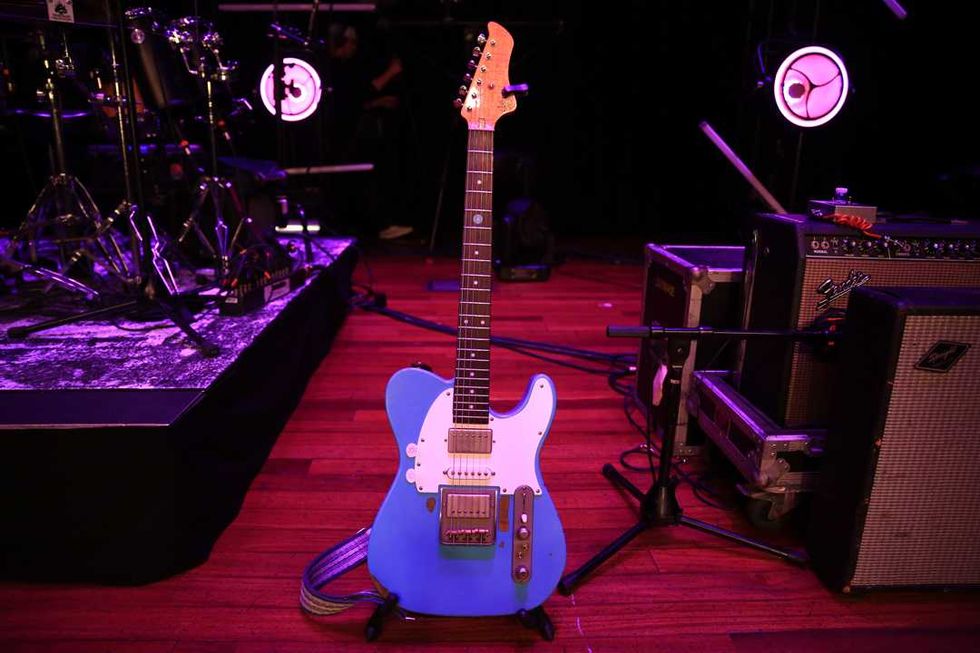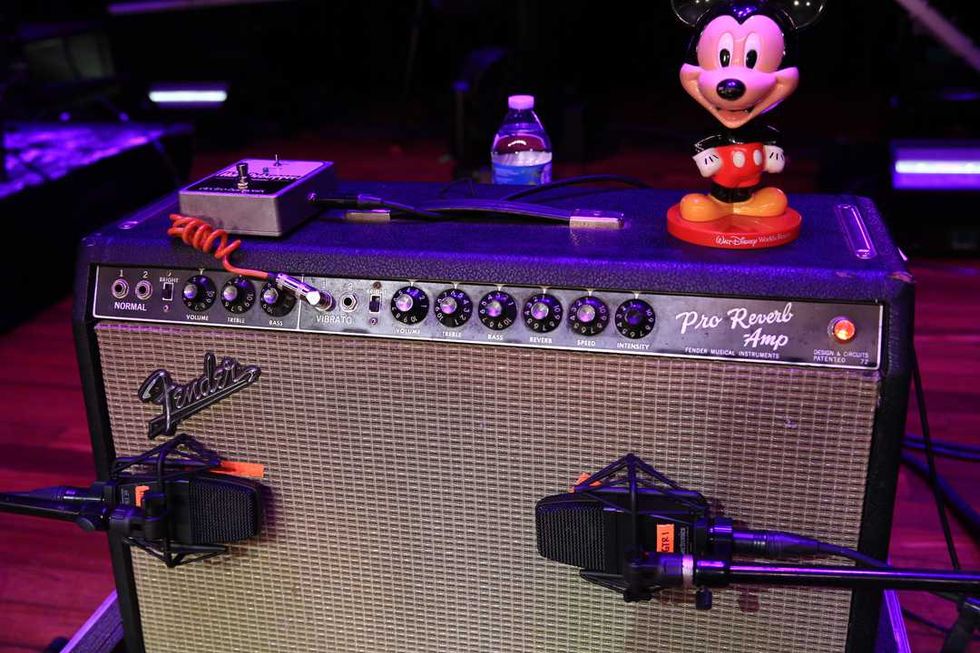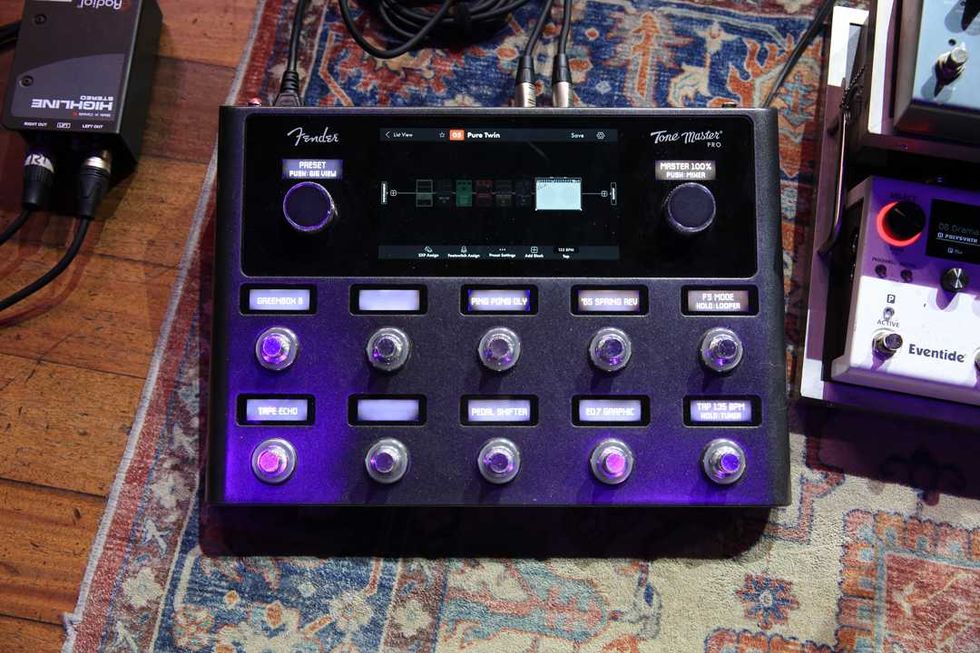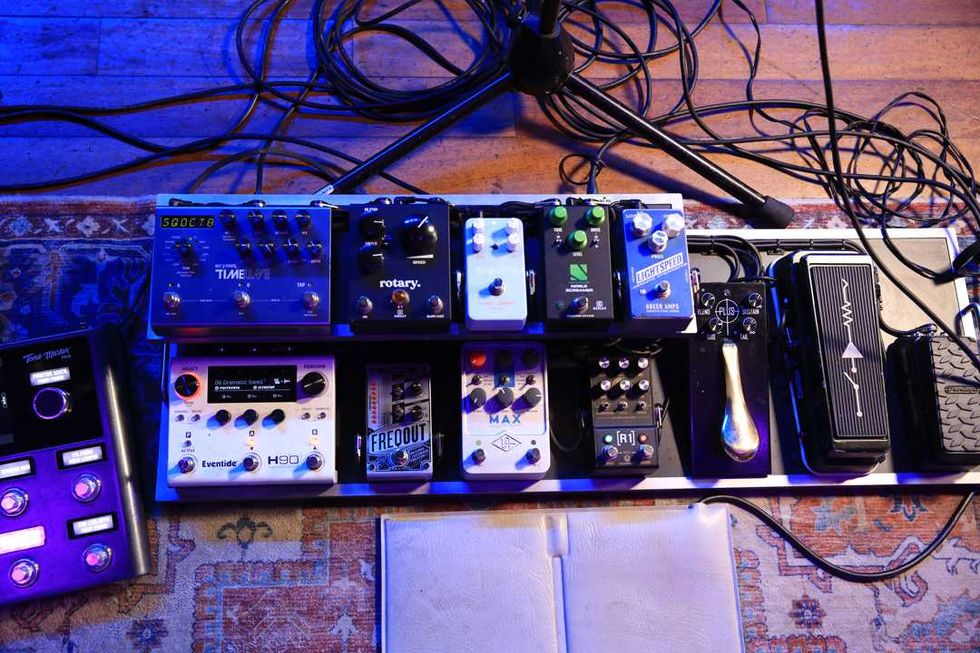Import steals to custom-ordered Fenders plus Fractal Audio modelers keep these post-grunge heroes sounding modern and rocking harder than ever.
Bush had an unbelievable debut with 1994’s Sixteen Stone that eventually surpassed 6x platinum status. The post-grunge juggernaut continued making moody, mercurial, and sometimes menacing music has continuing mutating while keeping them modern with a total of nine full-length releases with 2022’s The Art of Survival as their most recent chapter.
The band’s headlining Ryman tour stop was furthering their support for the October 2022 release where the camp invited PG’s Chris Kies onstage to catalog their compact setups. Guitarist Chris Traynor starts the chat covering his instruments that run the gamut from import steals to one-off custom baritones with and without frets. The baton gets passed to Gavin Rossdale tech Trace Davis who covers the frontman’s arsenal of Strats, SGs, and Jazzmasters before breaking down Rossdale’s core patches living within his Fractal Audio FM9.
Brought to you by D'Addario XPND.
Blacktop Bargain
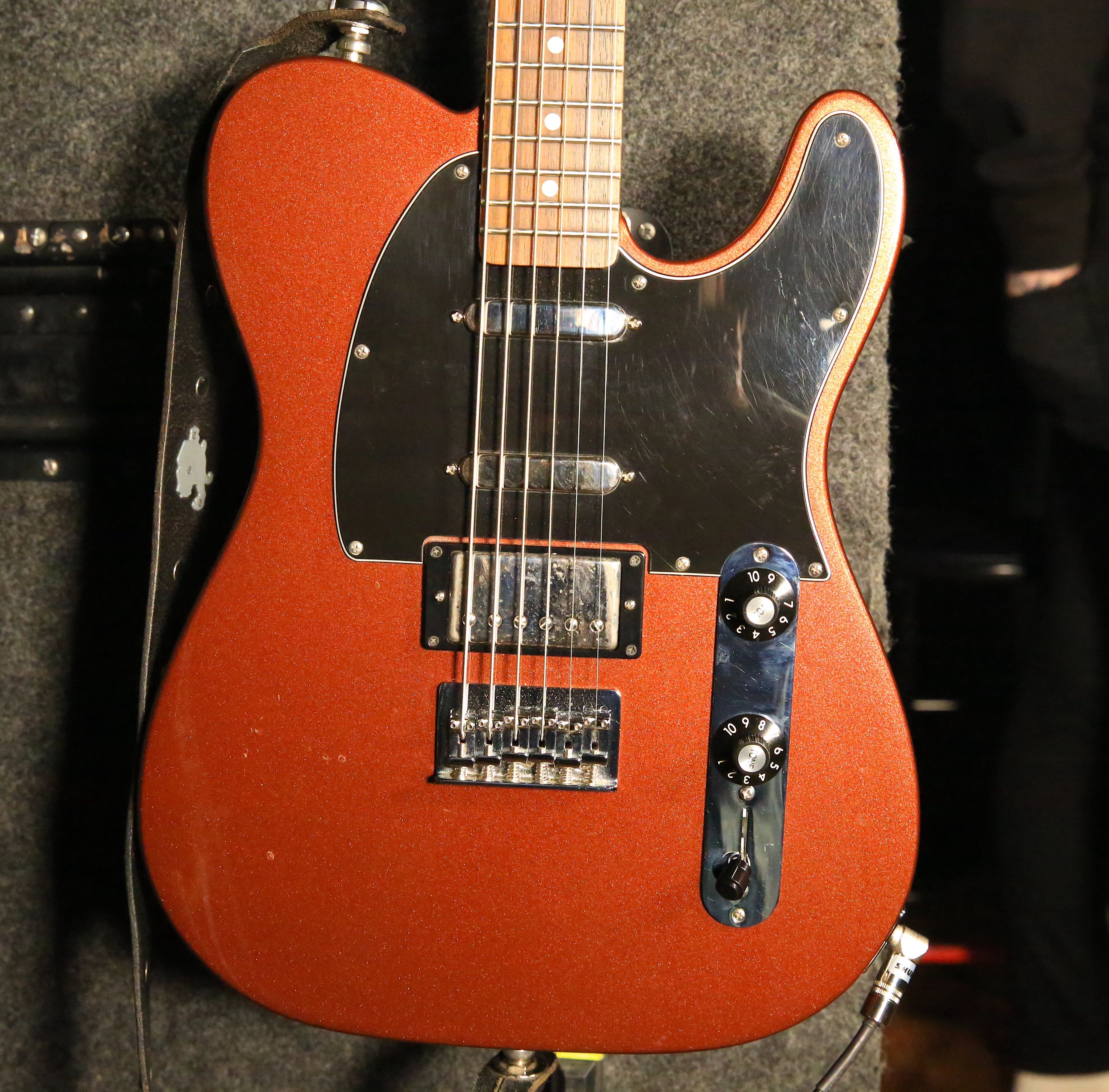
Longtime Bush guitarist Chris Traynor is no sticker snob. He’ll play anything if it serves the song or sounds good—bias be damned. Case in point, is this 2010s Fender Blacktop Baritone Telecaster that he scooped off Reverb for just $400. He tunes it B to B and lows its rumbly character. Traynor is a big glass of water and so he also appreciates the extended scale length (27") and bigger strings make the instrument not feel like a toy.
Dealing in D
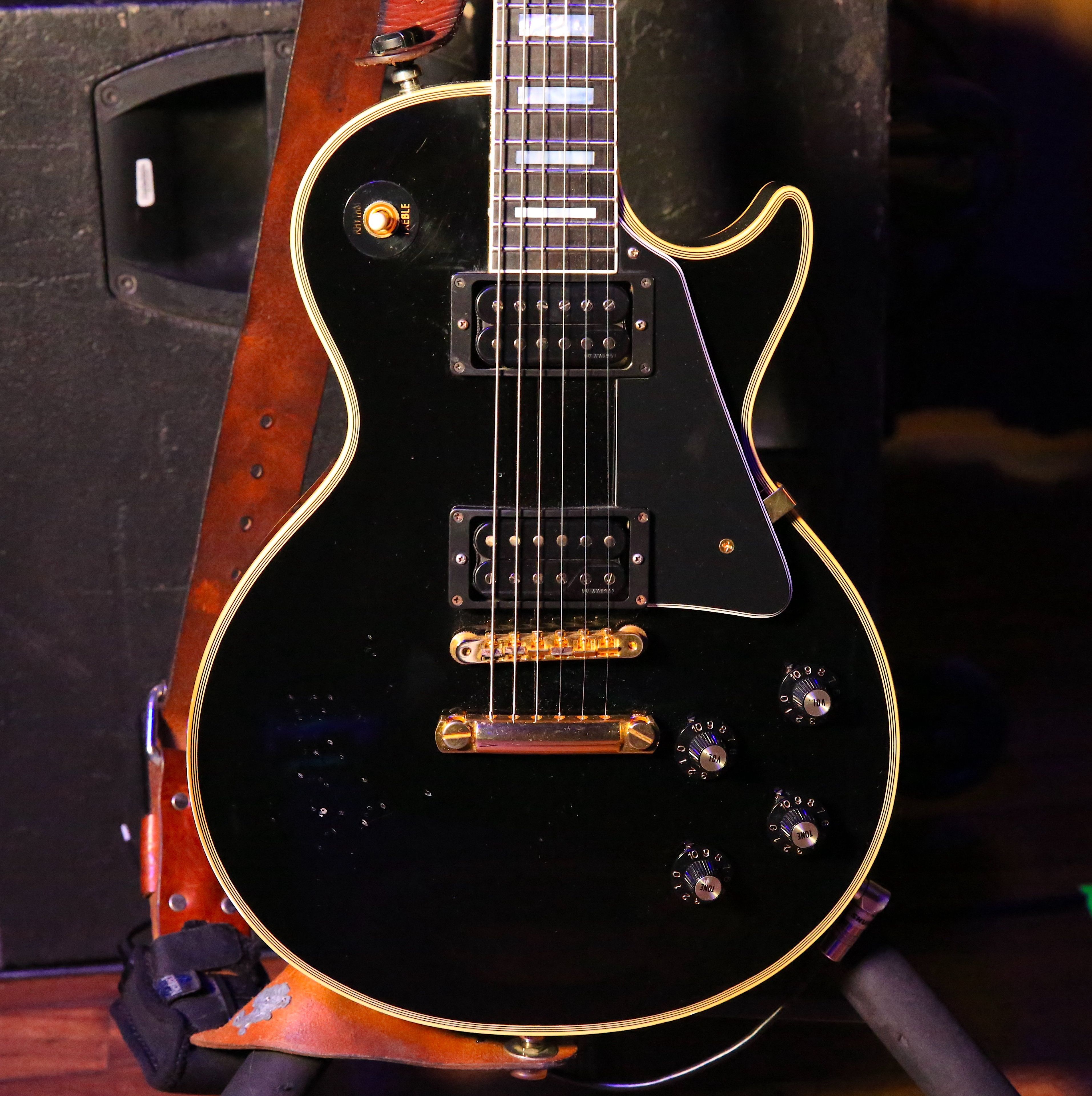
This 2017 Gibson Custom Shop 1968 Les Paul Custom Reissue that does the heavy lifting for any Bush songs in D. Traynor notes in the Rundown that if he could duplicate this beauty he wouldn’t need to tour with many other guitars to cover the band’s deep catalog and growing tuning list. He supercharged its sounds with a new set of Fishman Fluence Javier Reyes pickups. He made the move during COVID when the band was doing livestreams and playing in front of massive light walls that were making his traditional humbuckers nosier than normal. This one takes a custom set of Ernie Ball strings (.010–.054).
Standard Paul
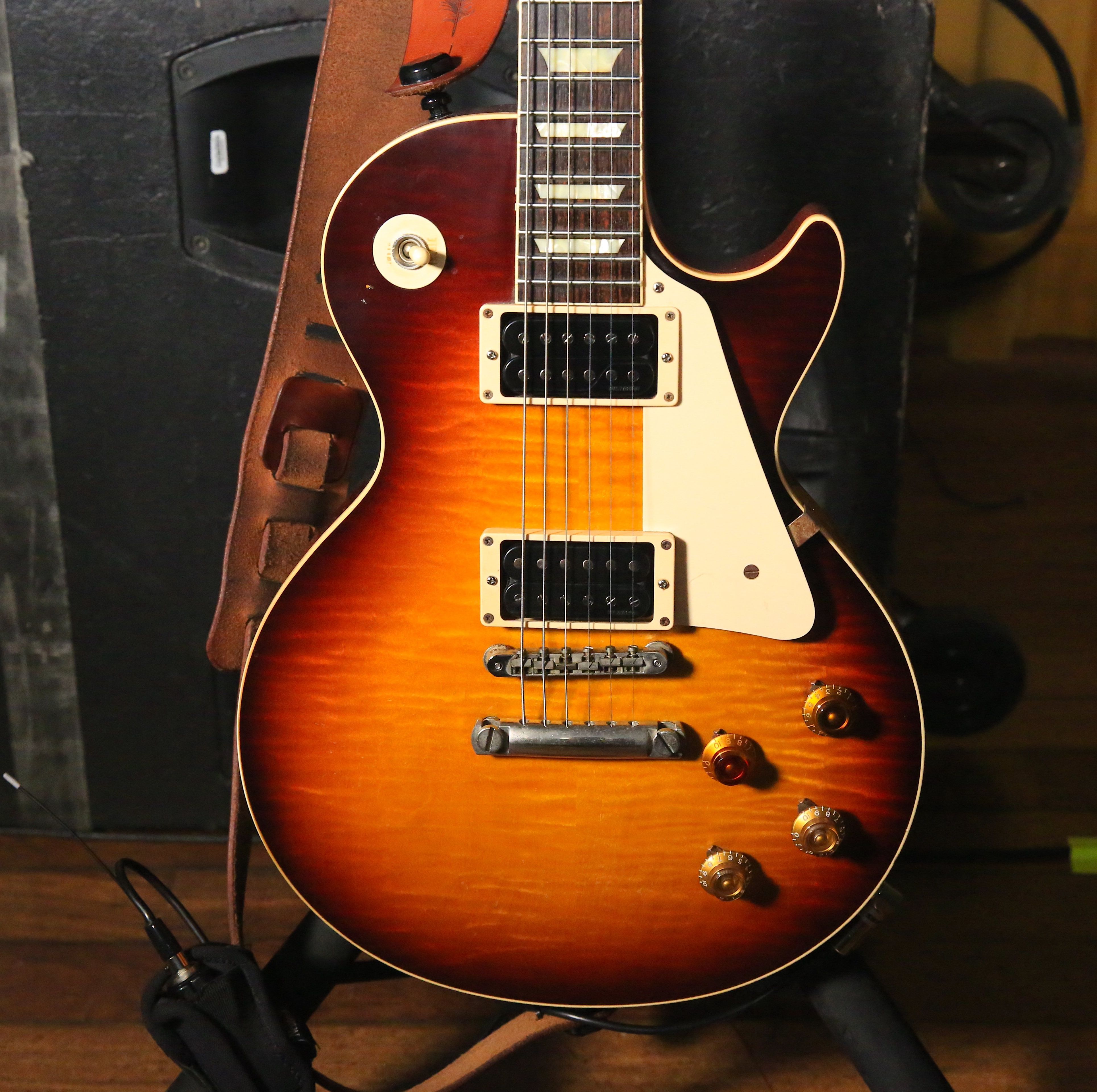
Bush’s earliest work typically was written in standard tuning so this 2014 Gibson Custom Shop Les Paul Standard sees the spotlight for those jams. It too shares the Fishman Fluence Javier Reyes pickups and Traynor remarks that he really loves voice 3 that brings his beefy Paul into a chimey, single-coil land.
Mimicking Micawber
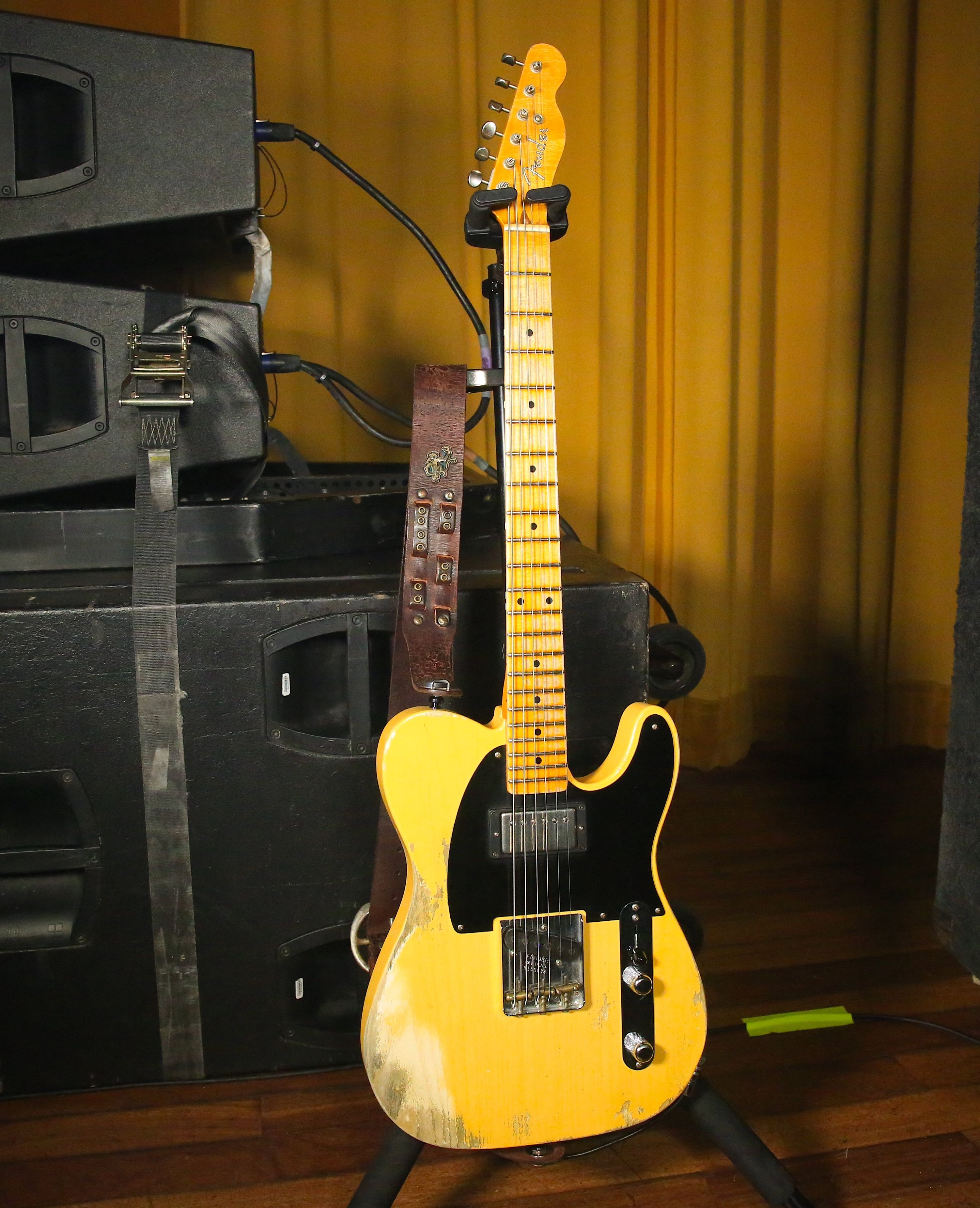
Traynor enjoyed his experience with the Blacktop Baritone he commissioned the Fender Custom Shop to build him an extended-range copy of Keith Richards iconic 1950s butterscotch blonde Tele. The single-coil-looking bridge pickup is a stacked humbucker but he claims it still retains a single-coil charm. He tunes it C to C for “Heavy Is the Ocean” off 2022’s The Art of Survival.
Set It And Forget It
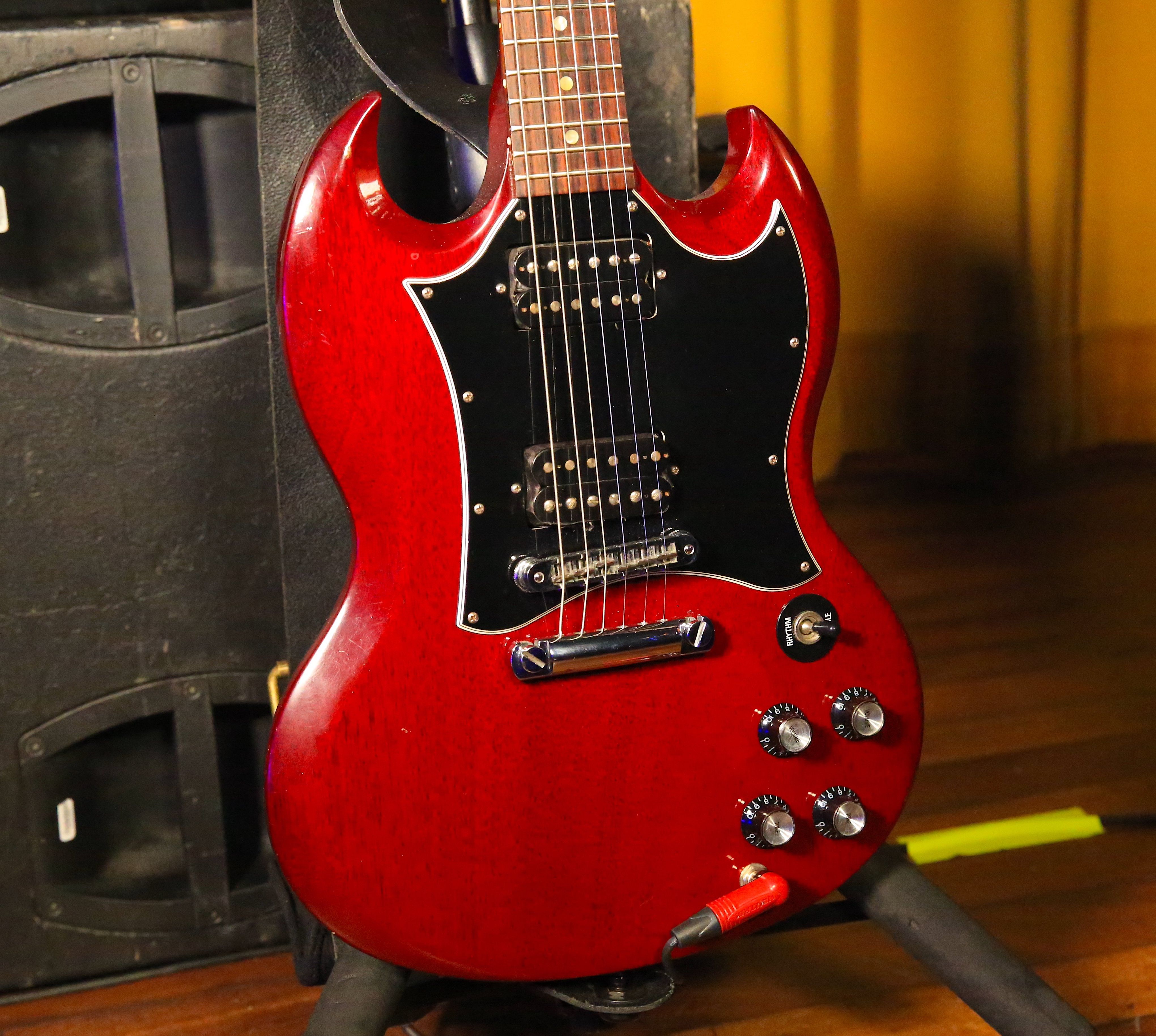
“Steve Fryette of VHT told me once that ‘if you got something you love, don’t mess with,’ so haven’t touched this guitar since getting it. He bought the above 1990s USA Gibson SG from a neighbor in the hopes his daughter would connect with it, but the magnetism never took. Traynor gave it a go and loved it. He doesn’t question things when lightning strikes.
The Sizzler
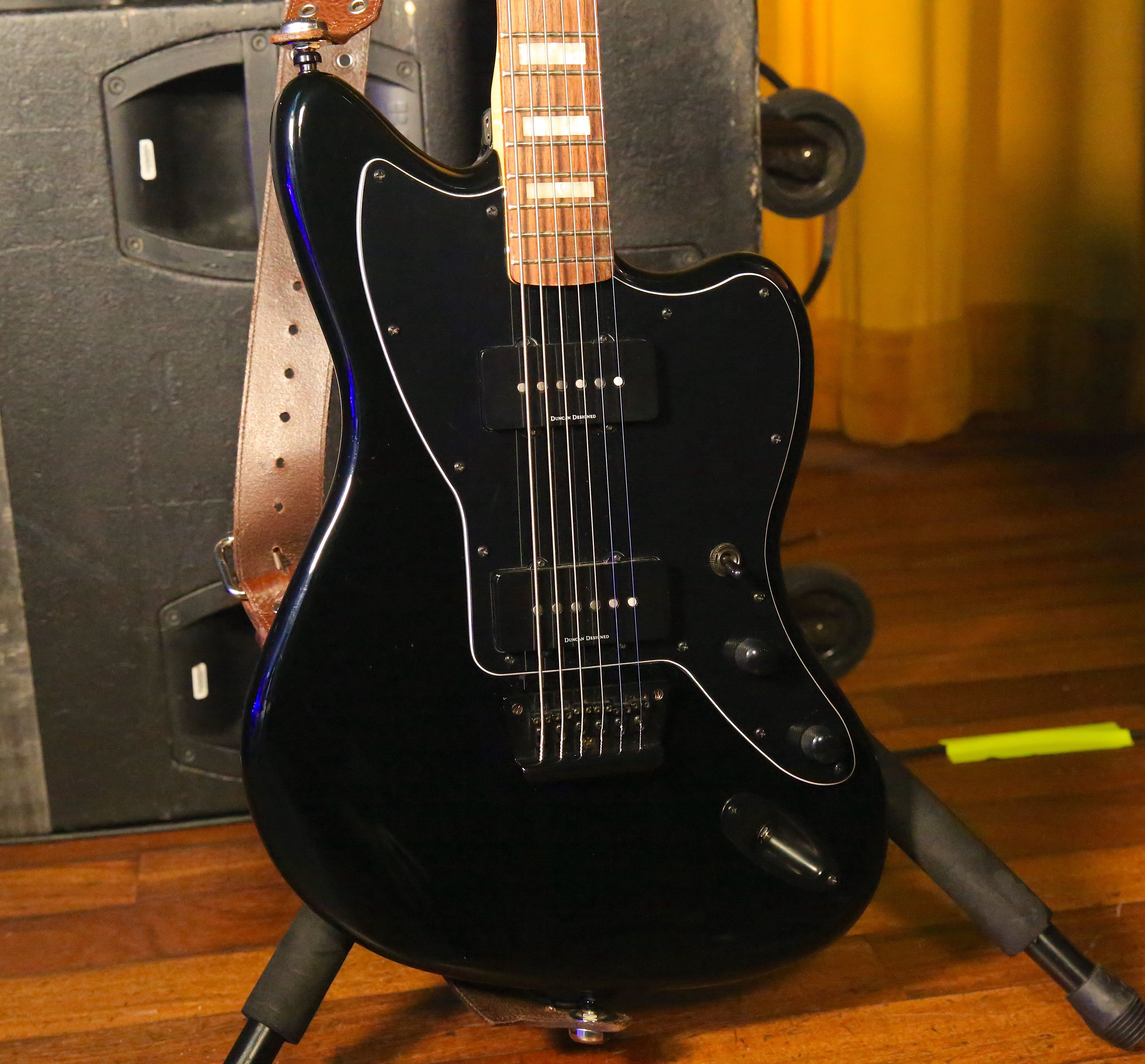
Yet again proving that he lets his ears lead the way, Traynor rocks this Squier Vintage Modified Baritone Jazzmaster onstage every night with Bush.
To Fret, or Not to Fret
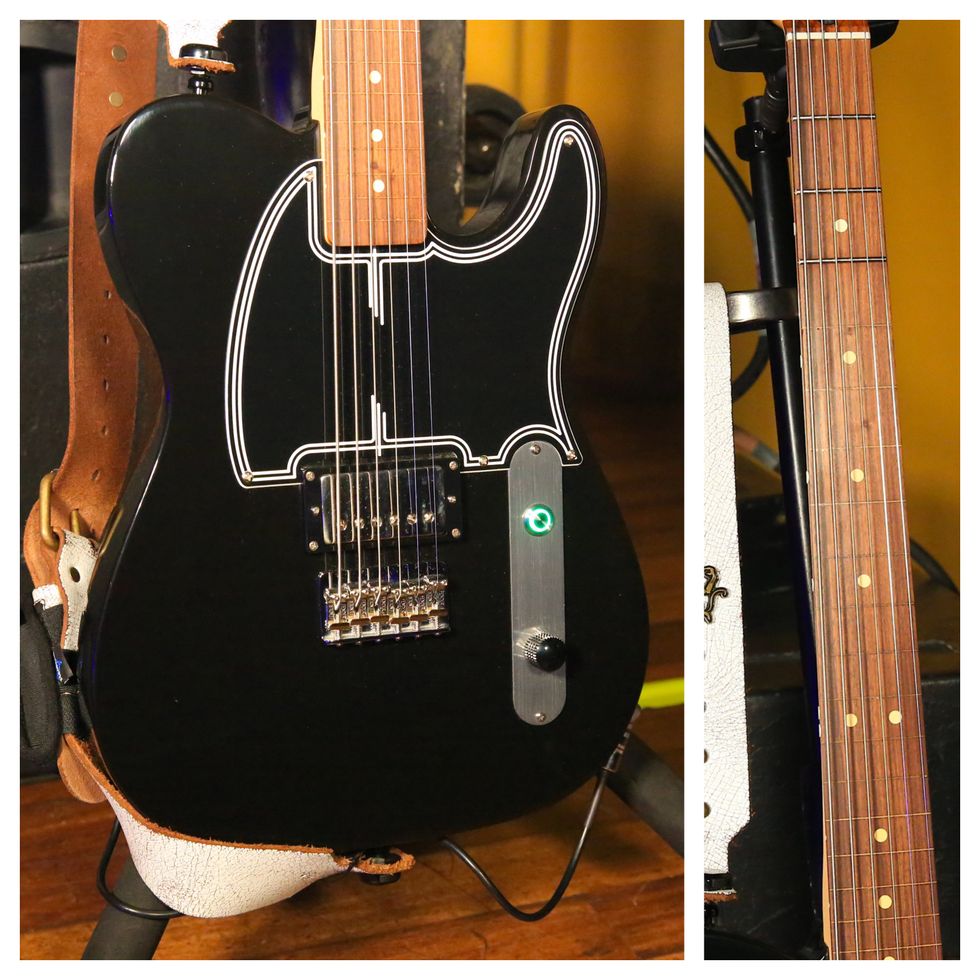
For the song “More Than Machines” off The Art of Survival Traynor recorded overdubs with a fretless guitar. To bring that single to the stage, he created this Frankenstein with various Fender parts—plus a Lollar Imperial humbucker—including a 3-fret baritone neck that helps him ballpark the pitch as he goes down the neck into murky, undefined territory. Like his Blacktop Baritone, it’s tuned B to B.
The Same Is Sublime
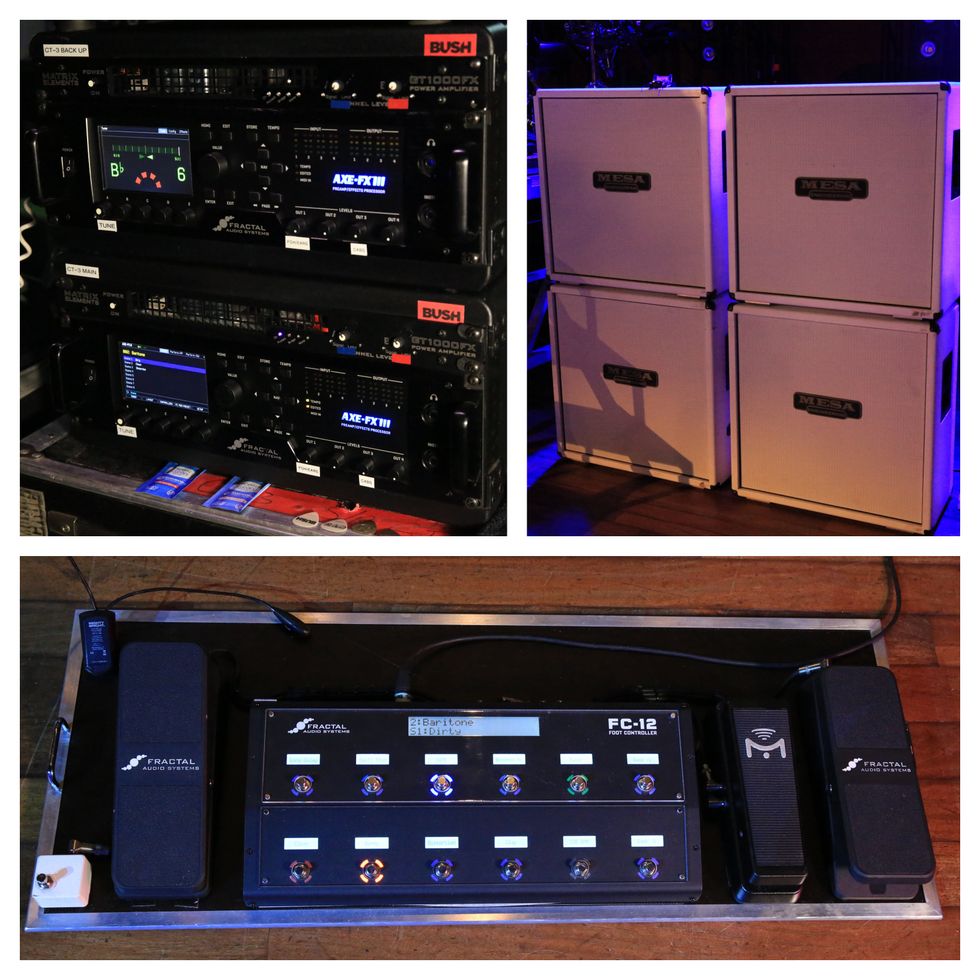
Same big rock tone, every single night, regardless of the venue,” states Traynor. Consistency keeps Chris calm knowing that every performance will sound the same thanks to the Fractal Audio Axe-Fx III. He has one core sound that’s actually available to download and one other for “The Kingdom” that incorporates a pitch-shifter. He prefers to let the guitars change the mood rather than building a complex choreography inside the Axe-Fx III. A Matrix Amplification GT1000FX powers the Fractal and he runs his signal through a pair of arctic Mesa/Boogie 4x12s.
Heavy Chevy
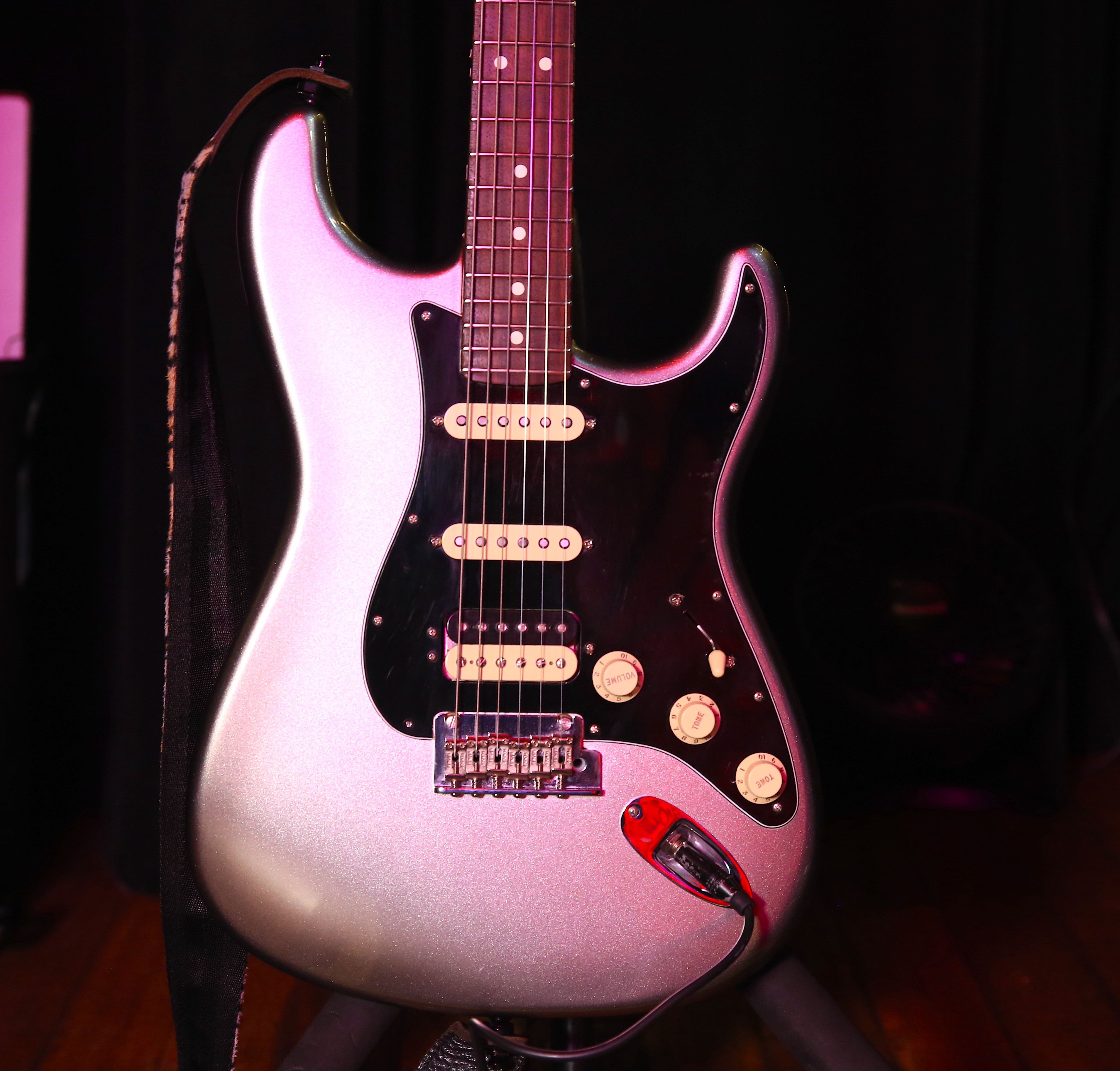
This American Professional II Stratocaster HSS looks as fast as a fastback 1970 Camaro. Gavin Rossdale tech Trace Davis comments that this stock Strat has an oddly dense, weighty alder body that gives the silverburst a heavy and husky tone. All of Gavin’s guitars take Ernie Ball Beefy Slinks (.011–.054).
Custom Cat
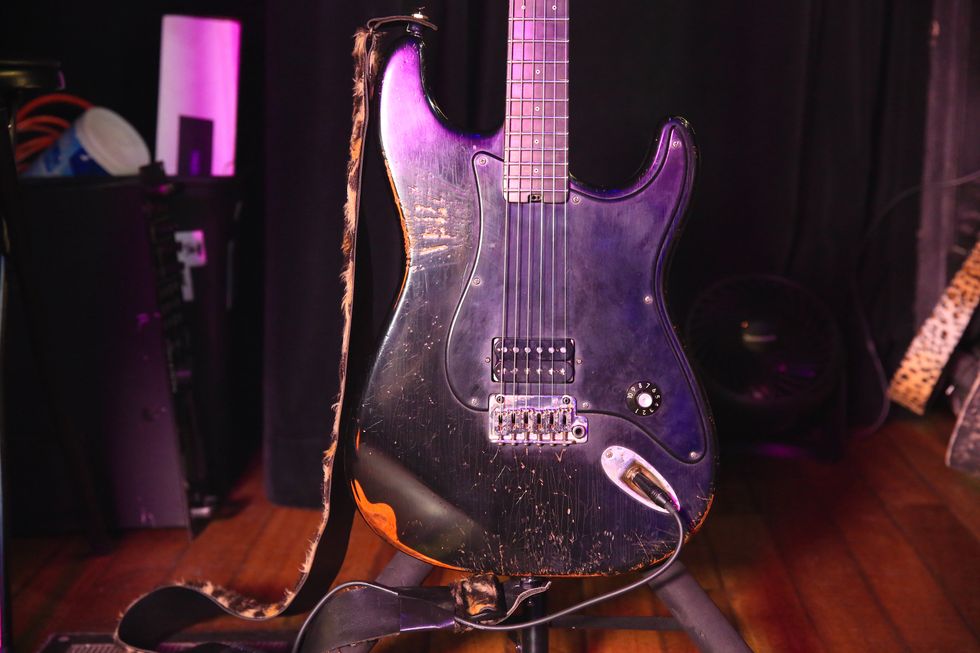
Recent years has seen Rossdale gravitate towards single-humbucker, “super-strat” guitars for their no-frills firepower. This custom Shabat Lynx intensified its roar when they removed a P.A.F.-style ’bucker for a hotter handwound Undertow humbucker from Piedmont Pickups that carries a toasty 16.8k rating.
The Dark Knight
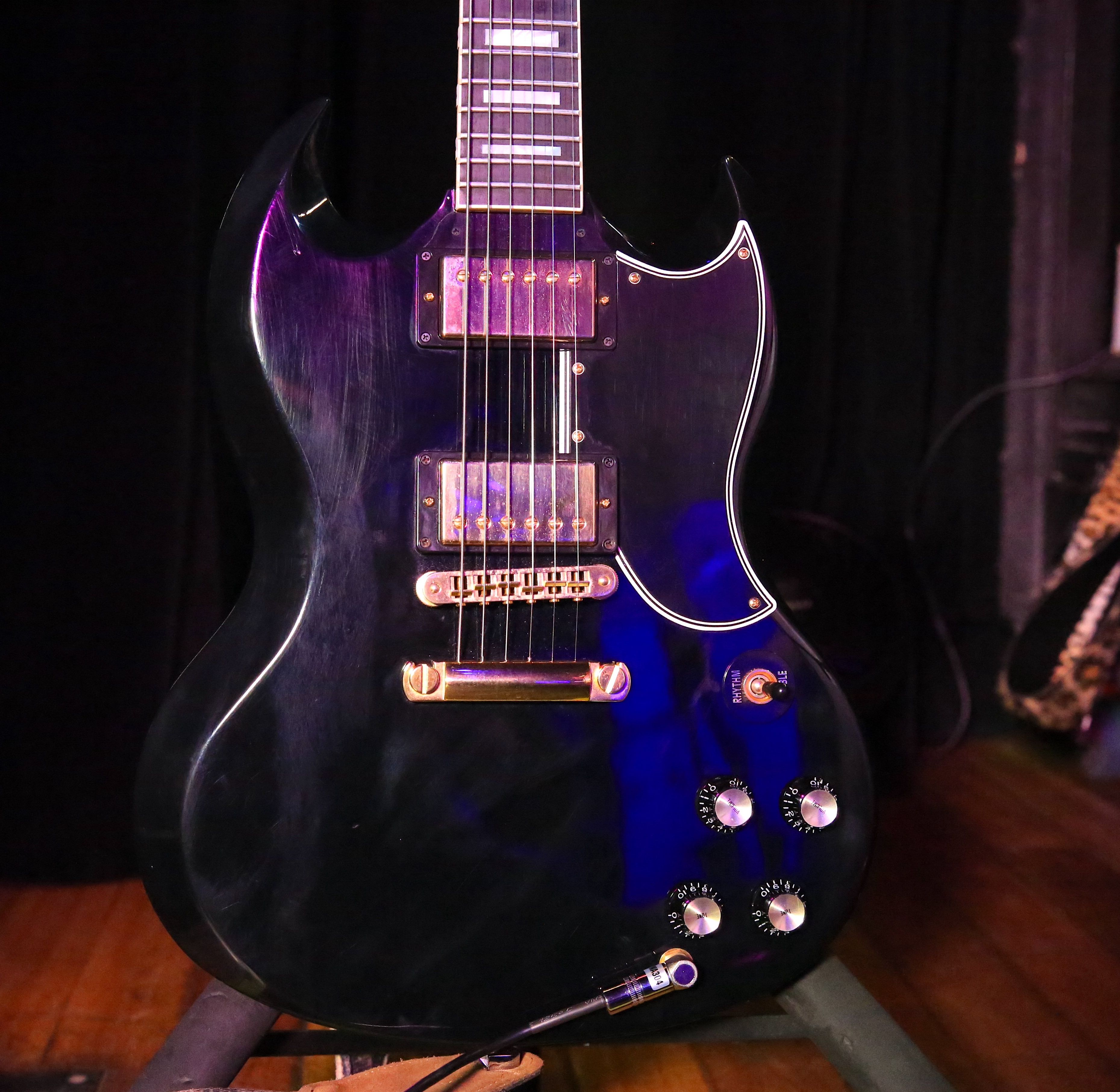
When it’s time to lower down to drop-C tuning for songs from The Kingdom or The Art of Survival, Rossdale brandishes this sleek Gibson Custom SG that’s entirely stock aside for upgraded ground wiring handled by tech Trace Davis.
Sweet Sixteen
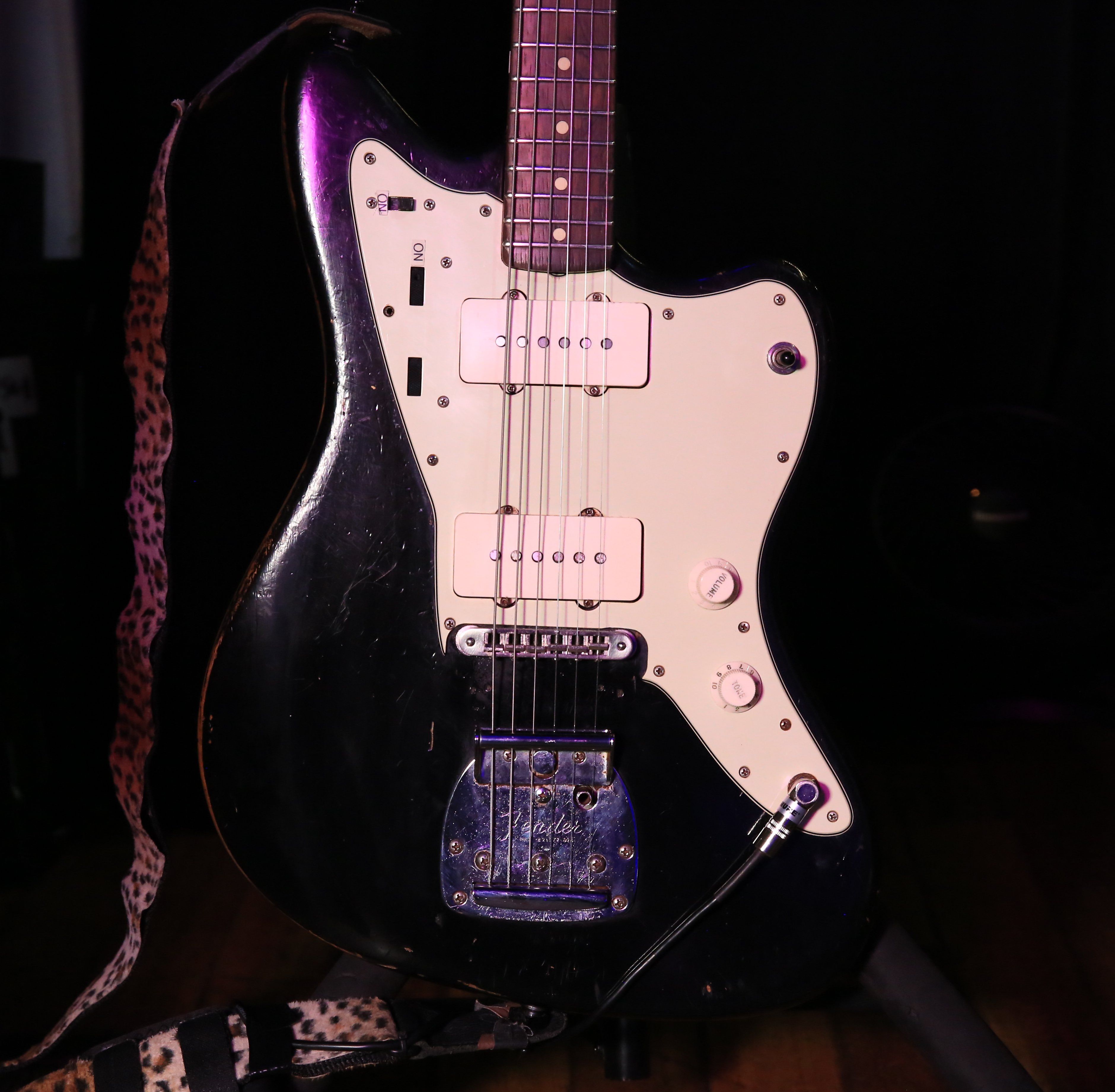
For classic cuts “Glycerine” and “Comedown” off 1994 mega-hit Sixteen Stone, Rossdale will perform with this Fender Custom Shop Jazzmaster. It’s been enhanced with a set of Lollar P-90 Jazzmaster pickups.
Rocky Mountain Way
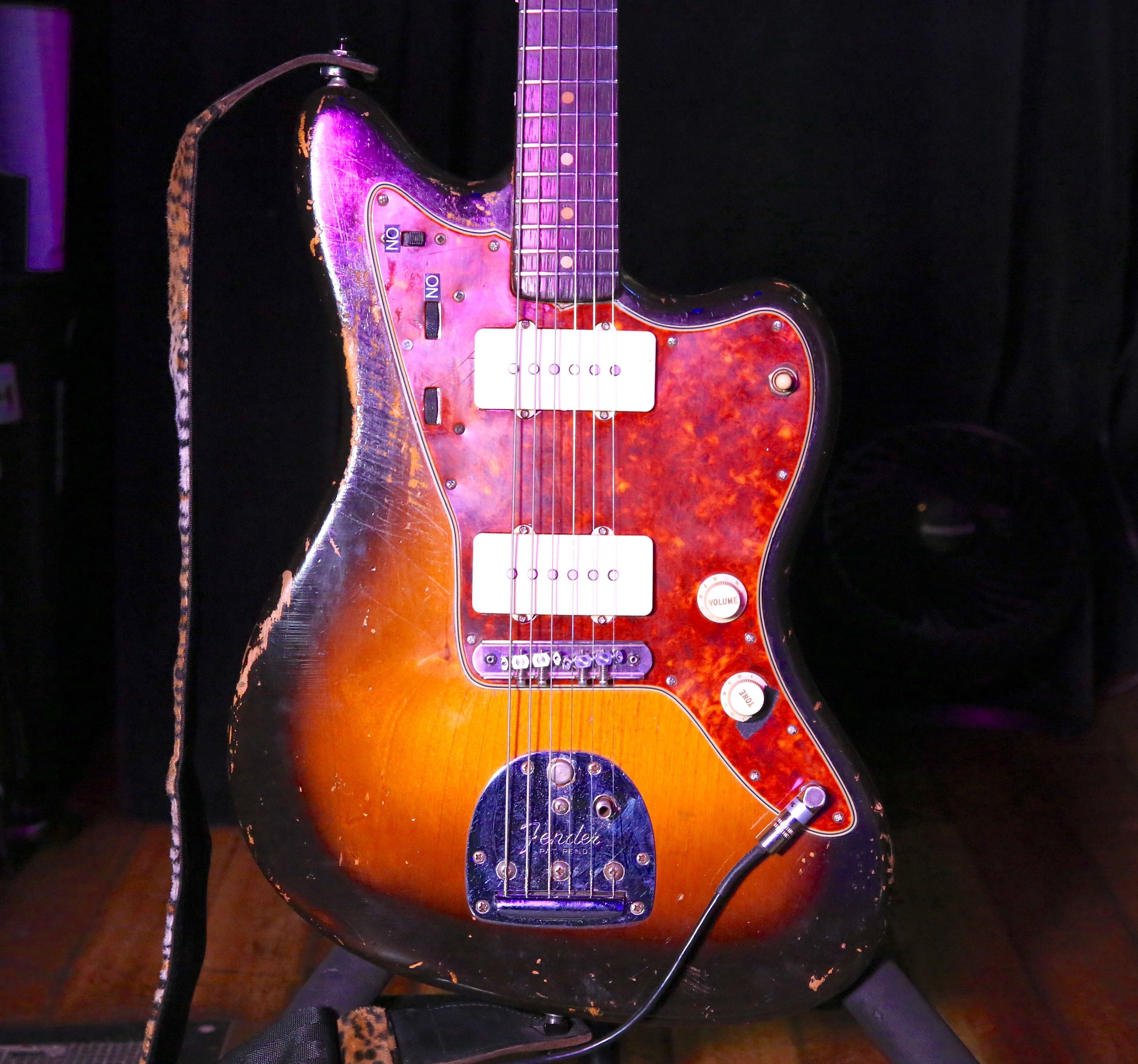
While this sunburst Jazzmaster rides backup to the previous black model, it’s worth sharing because the neck on this one is taken from a ’66 Fender Jazzmaster Rossdale acquired years ago that actually once belonged to Joe Walsh and was said to be used on rhythm parts for Hotel California.
Gavin Rossdale’s Rack
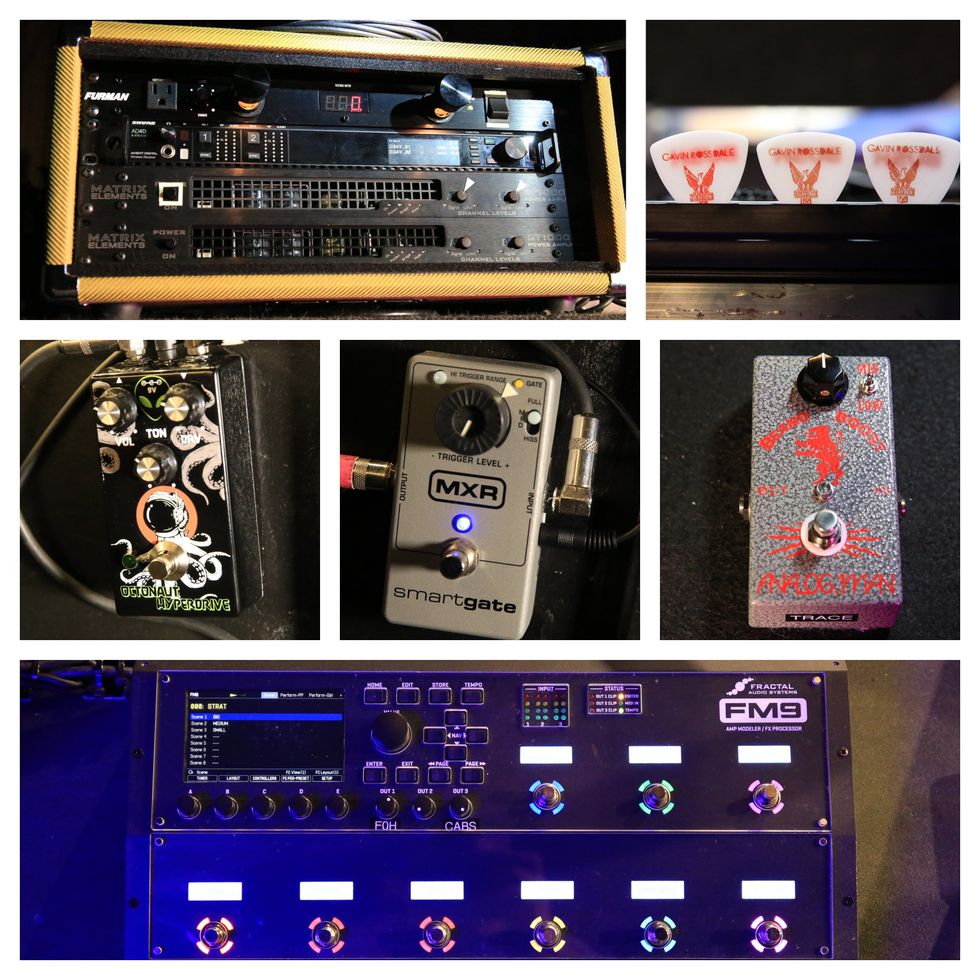
The longer the band has been around and continued to tour the world, Rossdale has reduced his sonic footprint. His condensed setup currently includes a Shure AD4D-US Axient Digital Two-Channel Wireless unit, a pair of Matrix GT1000FX Power Amps, an Interstellar Audio Machines Octonaut Hyperdrive that chases down the Klon Centaur, a MXR M135 Smart Gate Noise Gate keeps things silent, a Trace Davis-implemented Analog Man Beano Boost for any extra oomph on solos, he hits the strings with Steve Clayton Acetal Rounded Triangle .80 mm picks, and a Fractal Audio Systems FM9 Amp Modeler that builds out Bush’s set with 4-5 key scenes that range from mild to wild.
![Rig Rundown: Bush’s Gavin Rossdale & Chris Traynor [2023]](https://www.premierguitar.com/media-library/rig-rundown-bush-s-gavin-rossdale-chris-traynor-2023.jpg?id=33332405&width=1200&height=675)


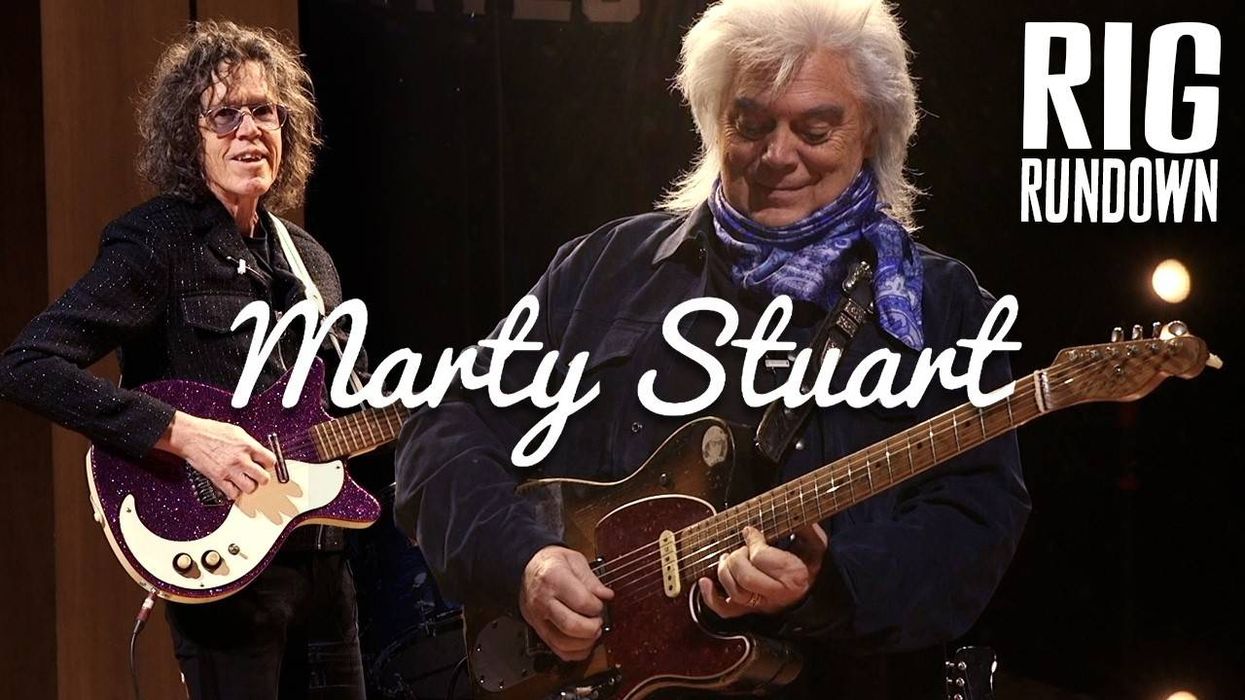
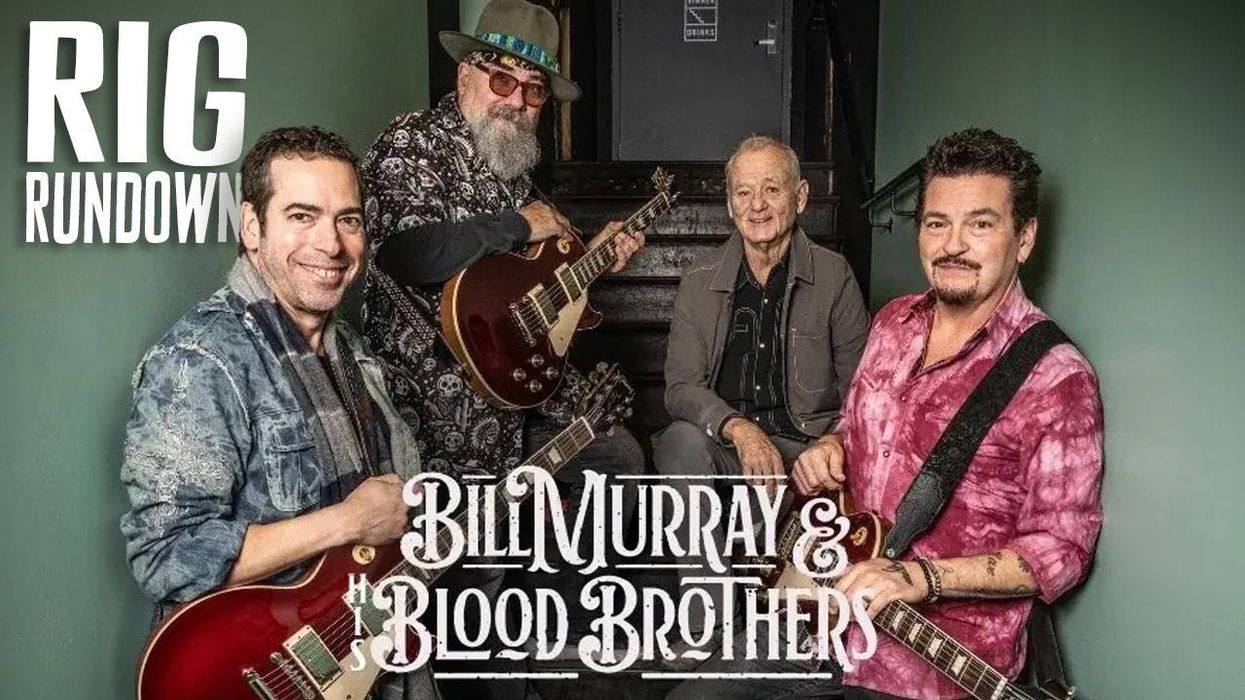


![Rig Rundown: AFI [2025]](https://www.premierguitar.com/media-library/youtube.jpg?id=62064741&width=1245&height=700&quality=70&coordinates=0%2C0%2C0%2C0)
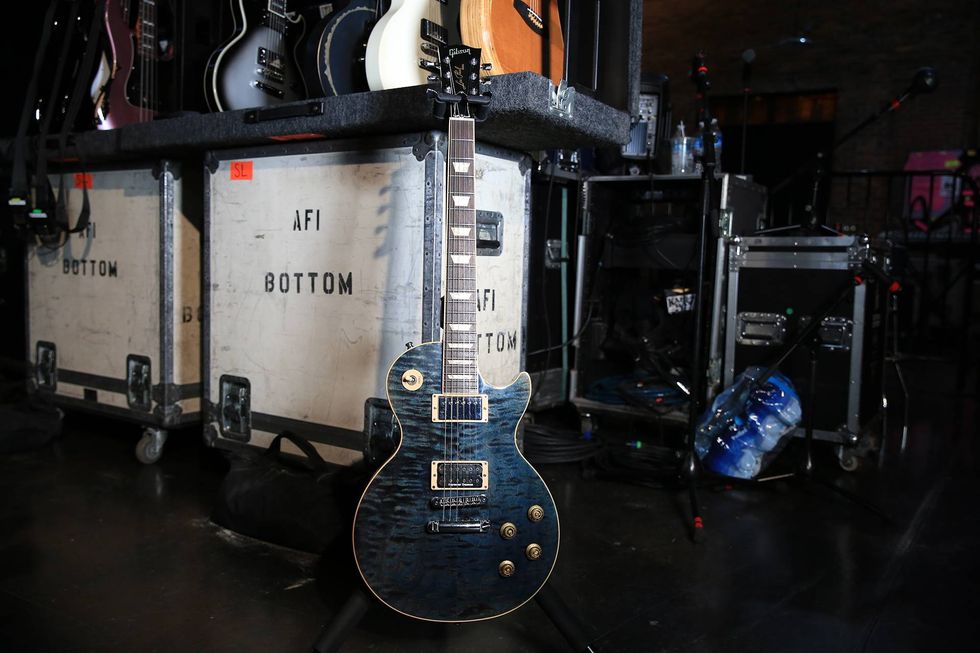
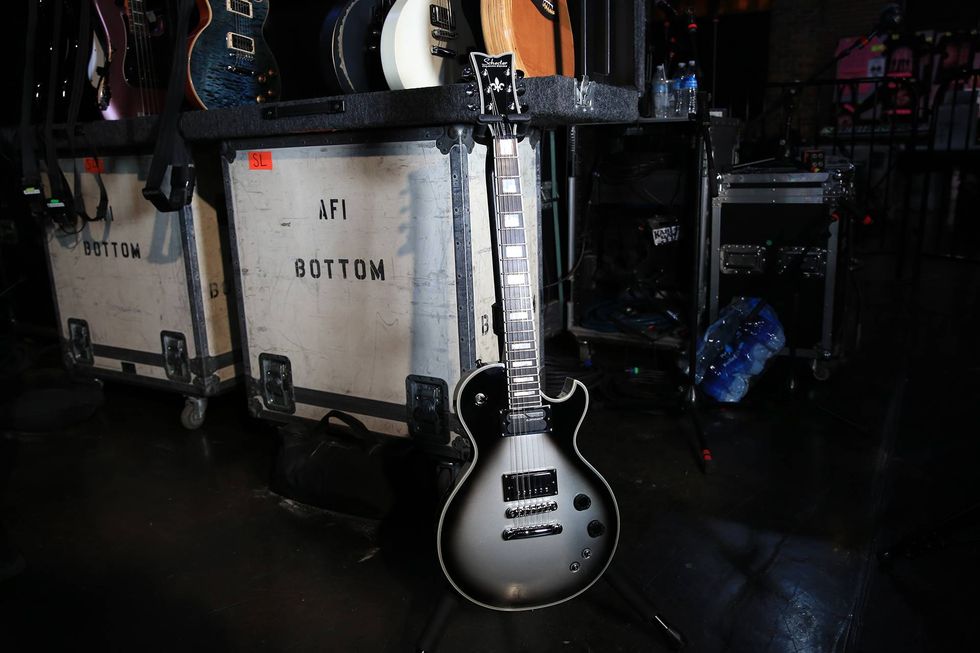
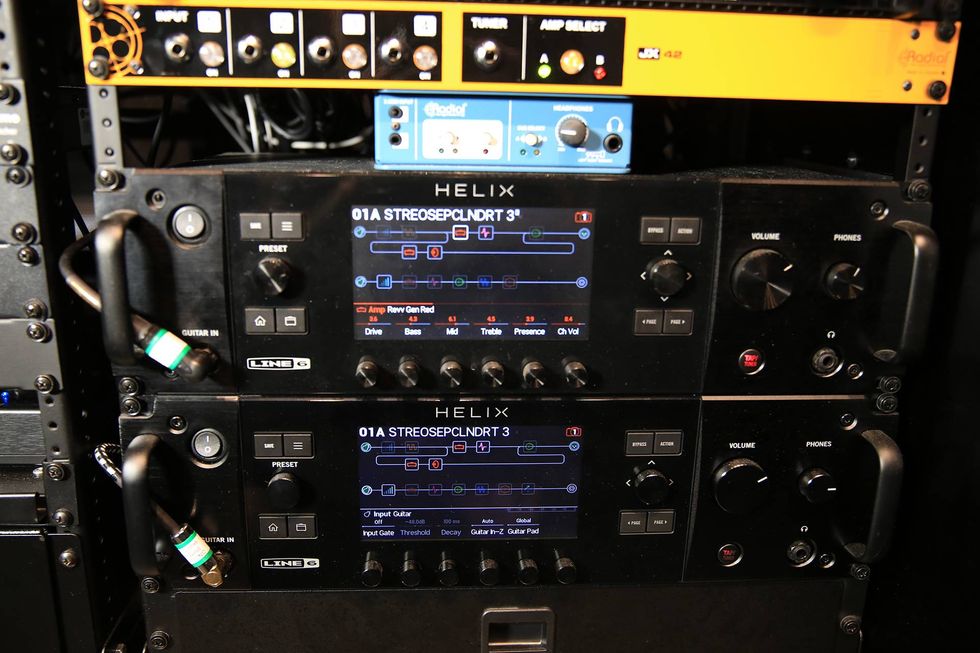
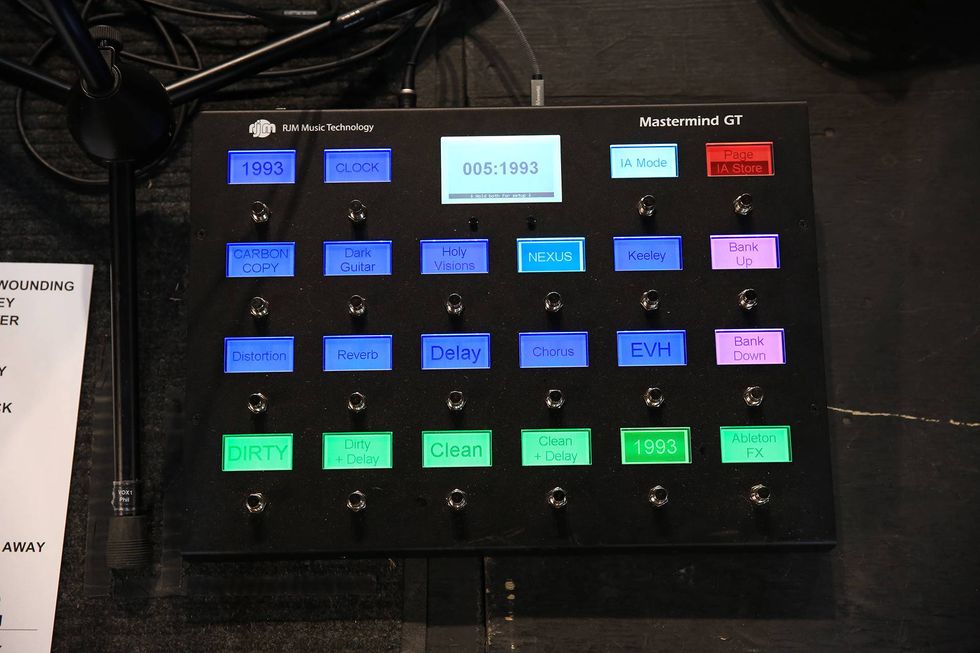
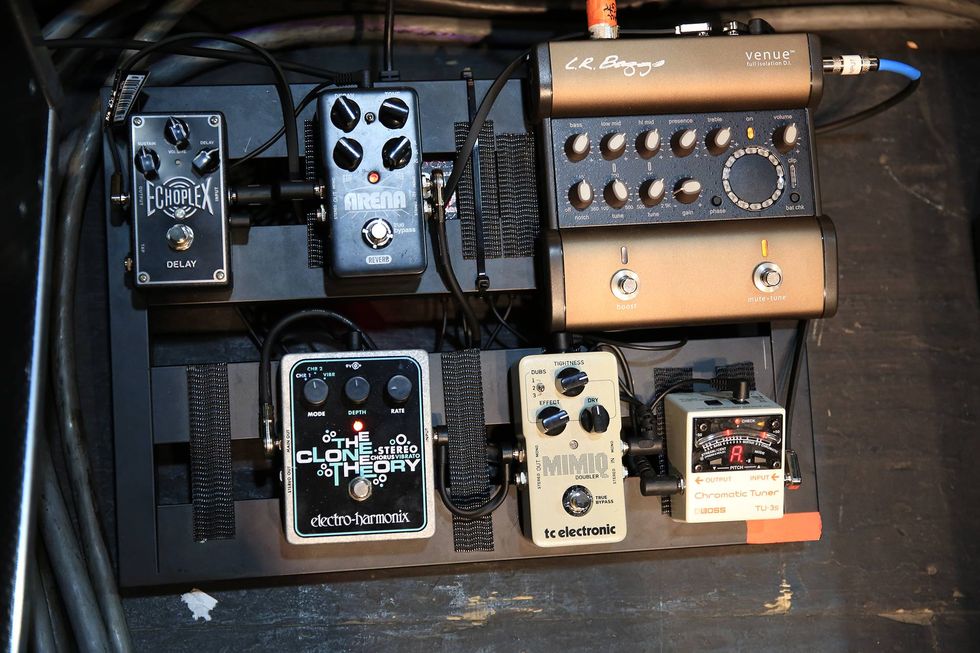
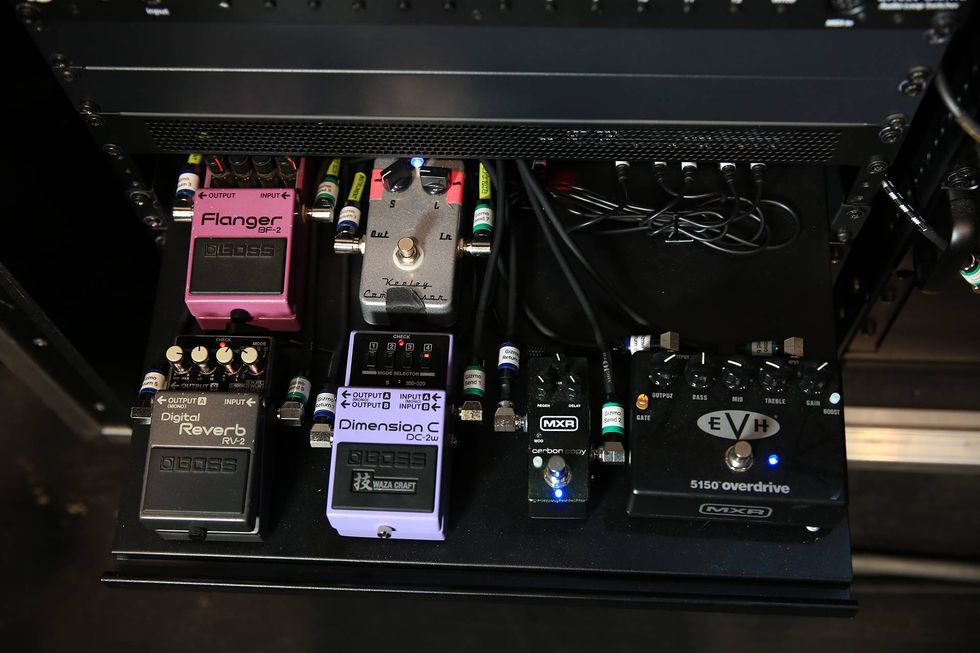
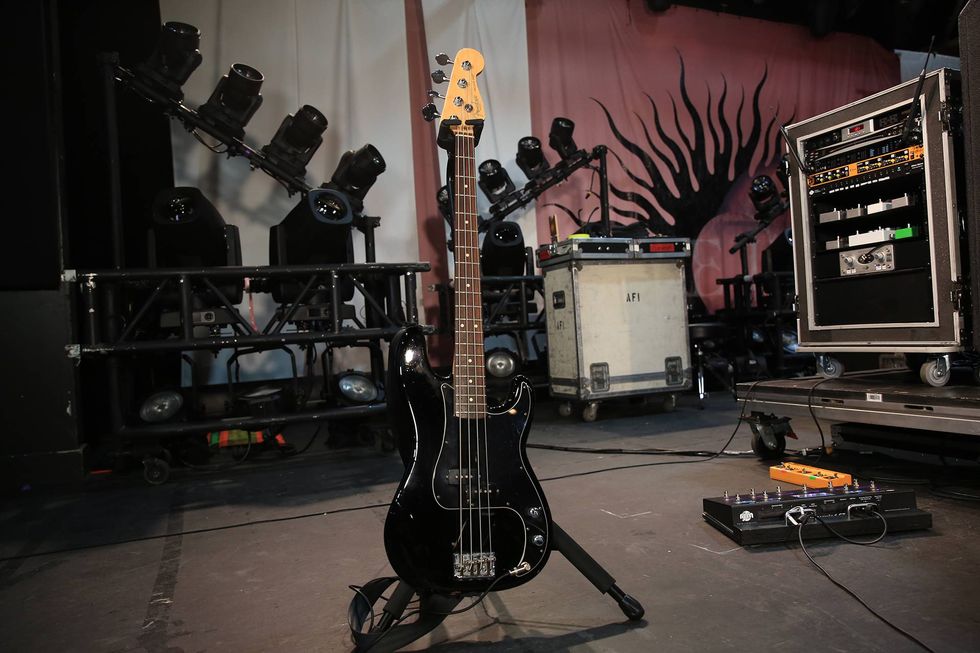
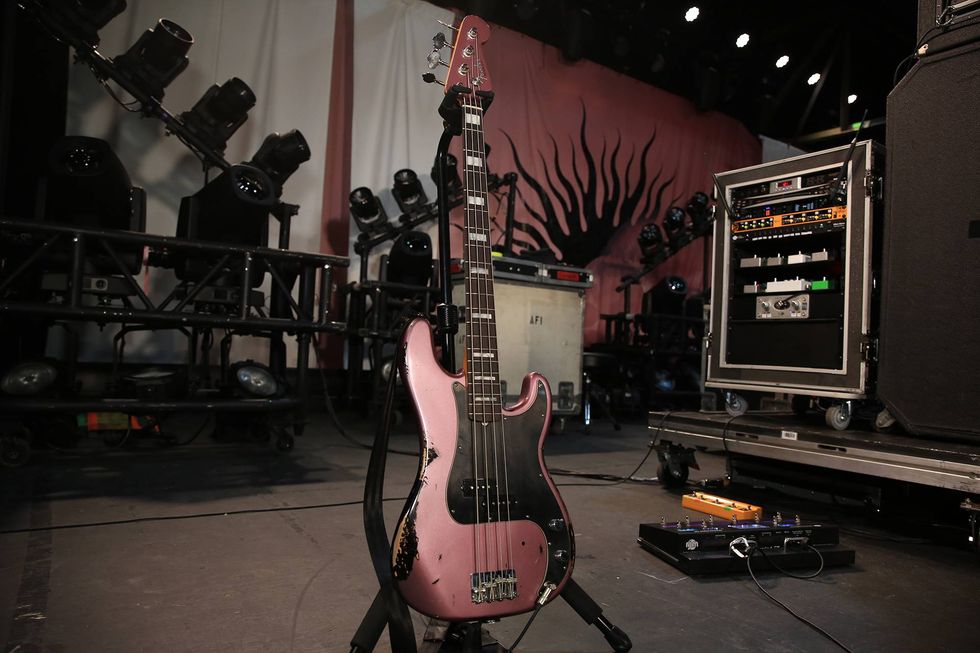
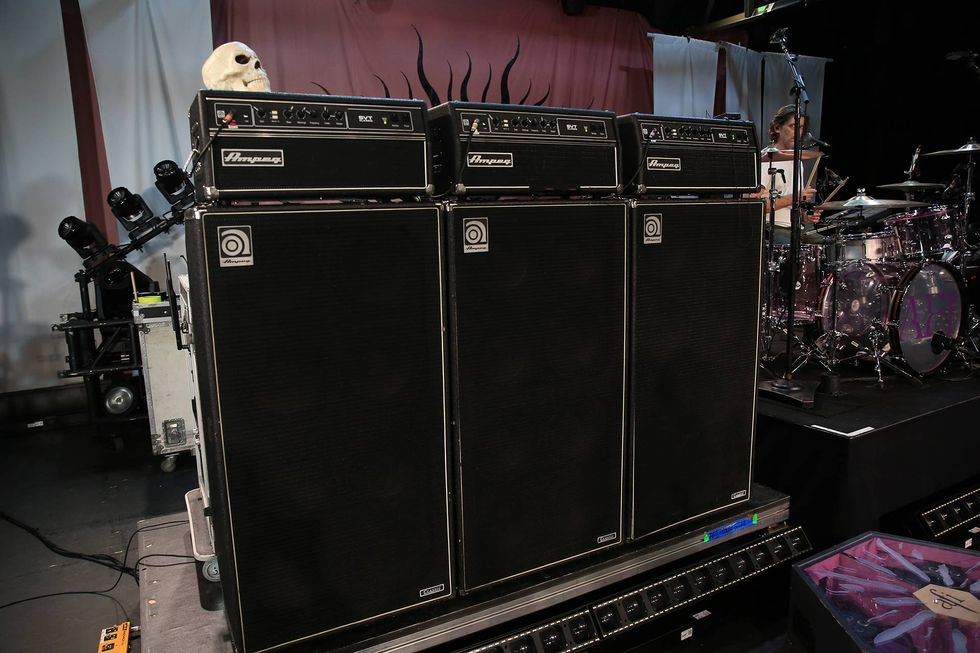
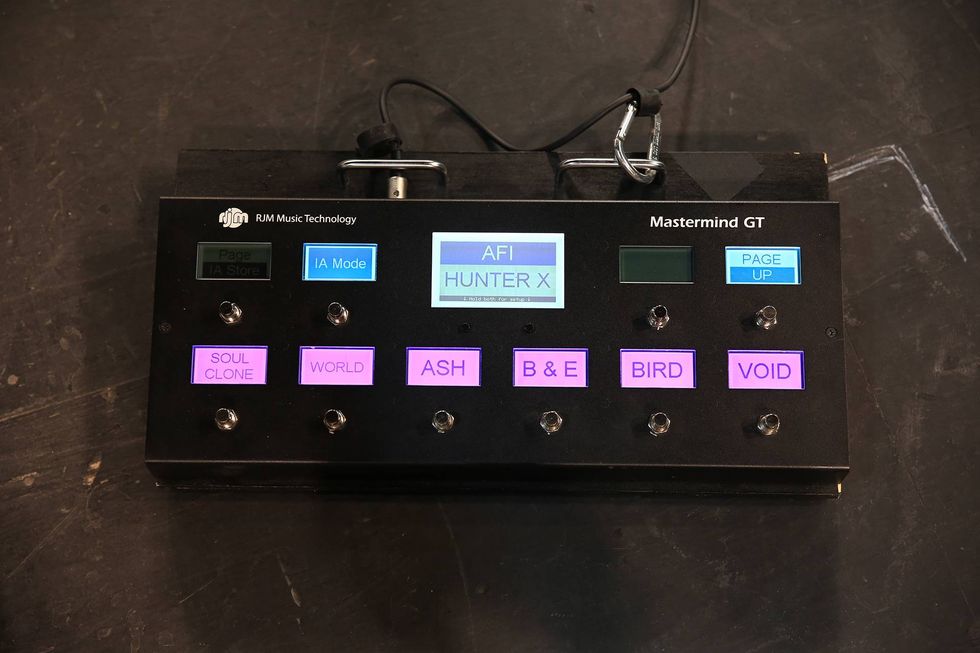
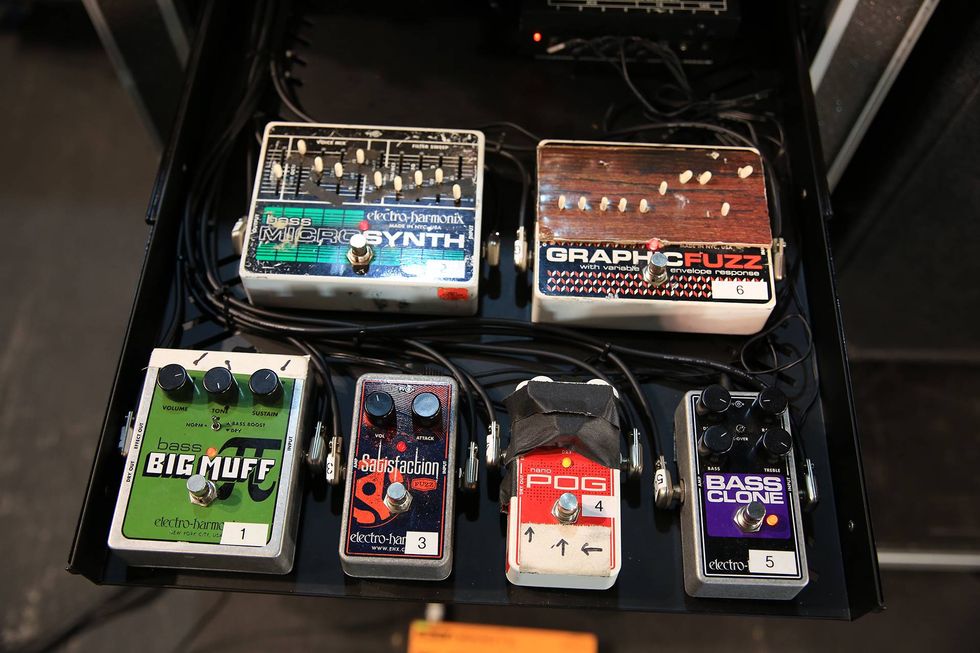
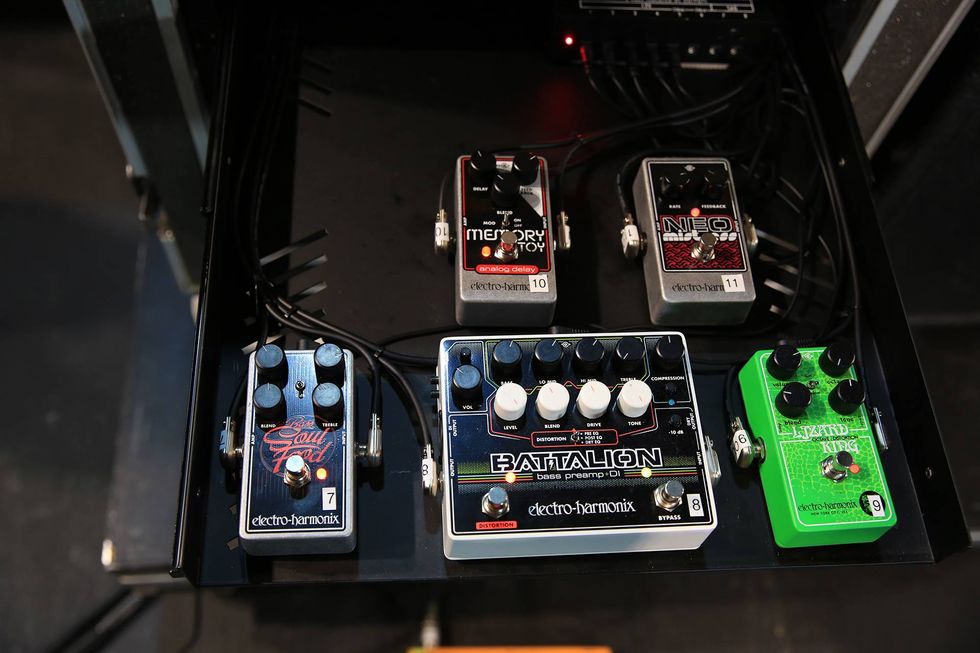
 Shop Scott's Rig
Shop Scott's Rig
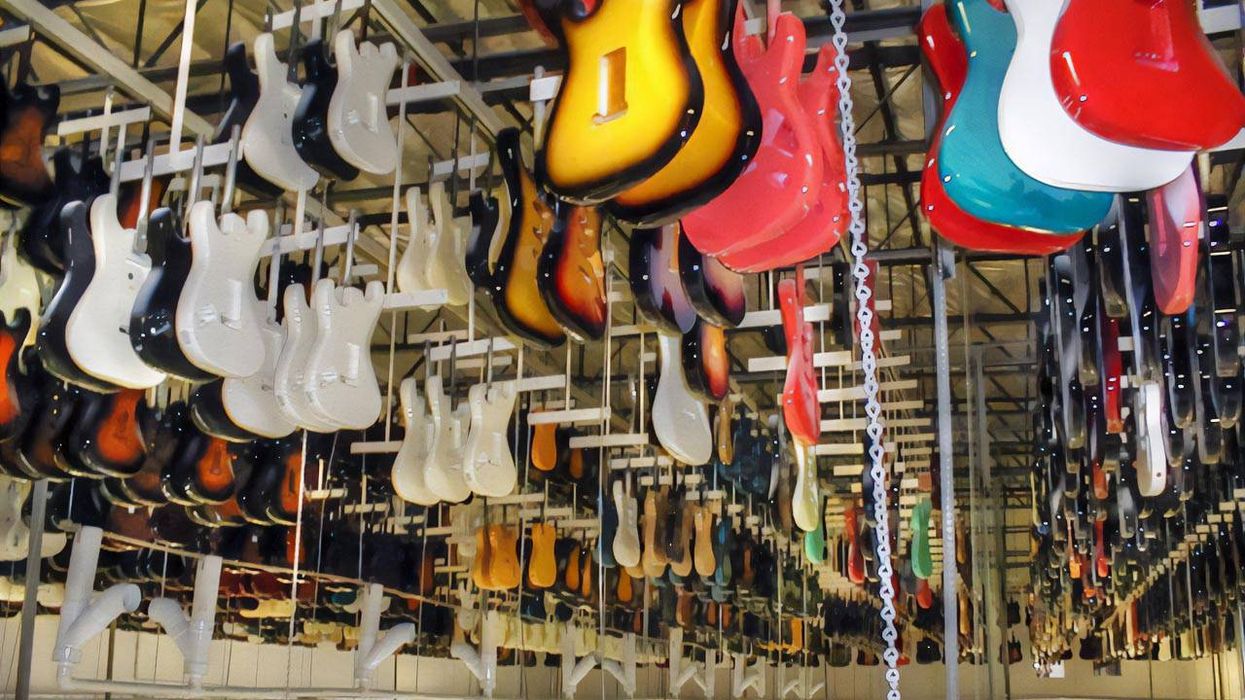
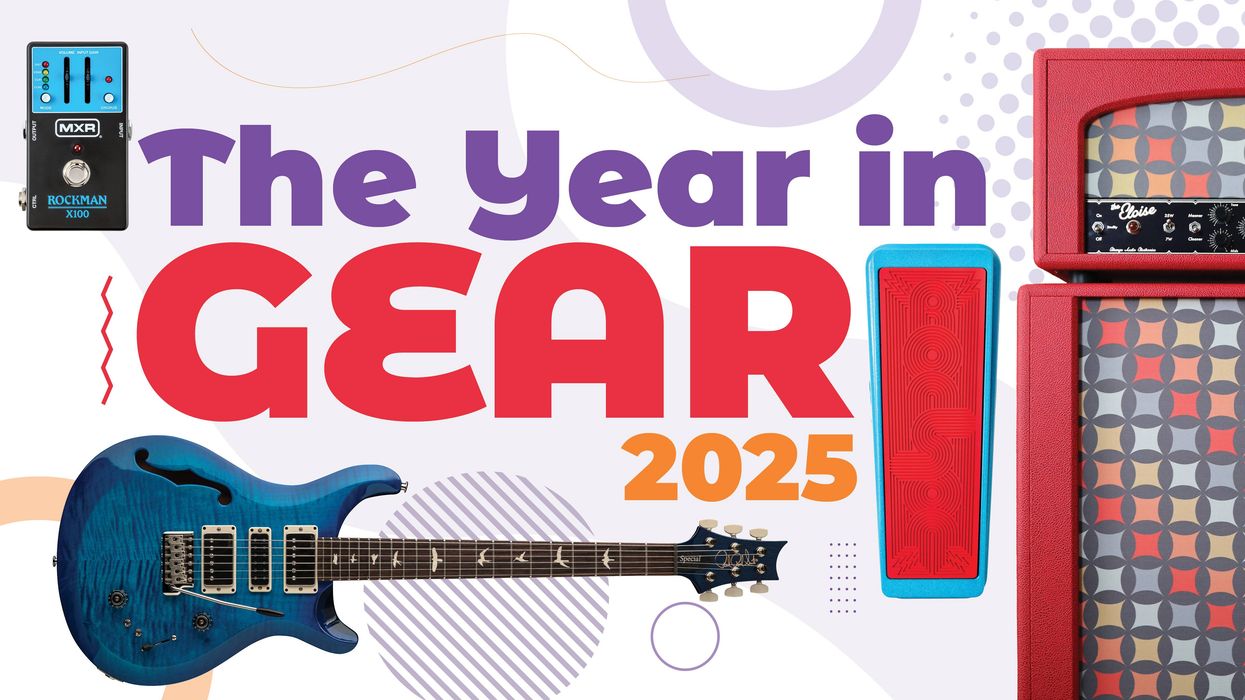
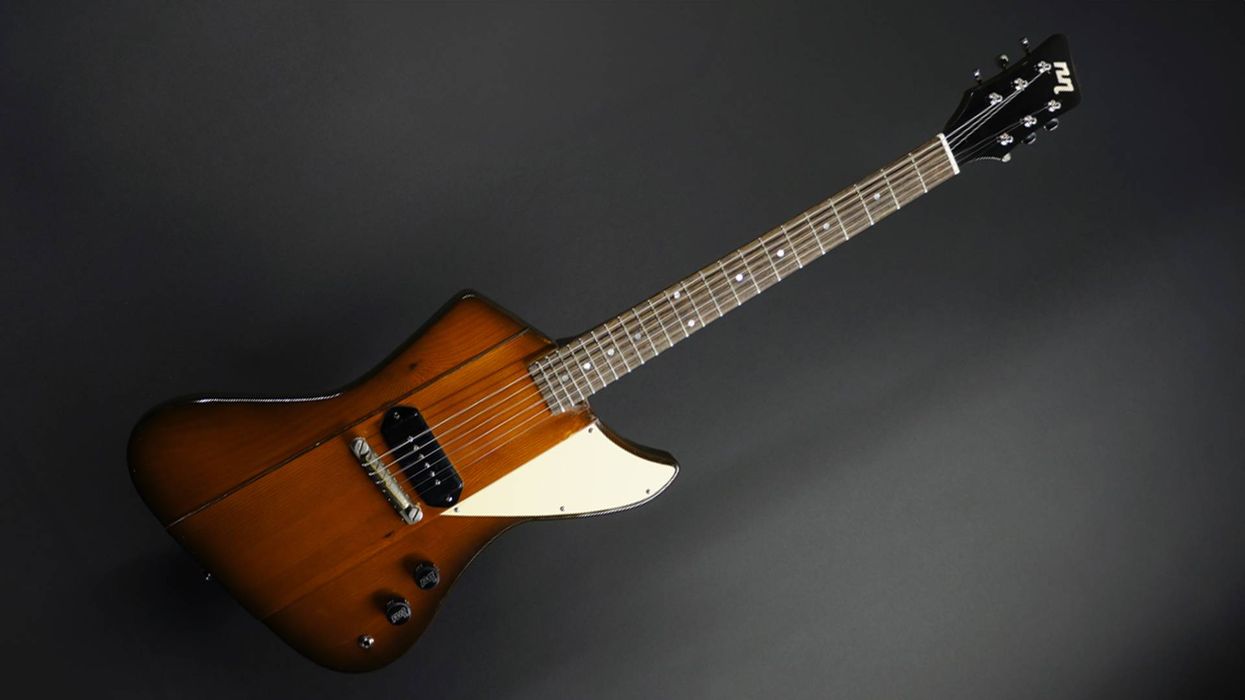
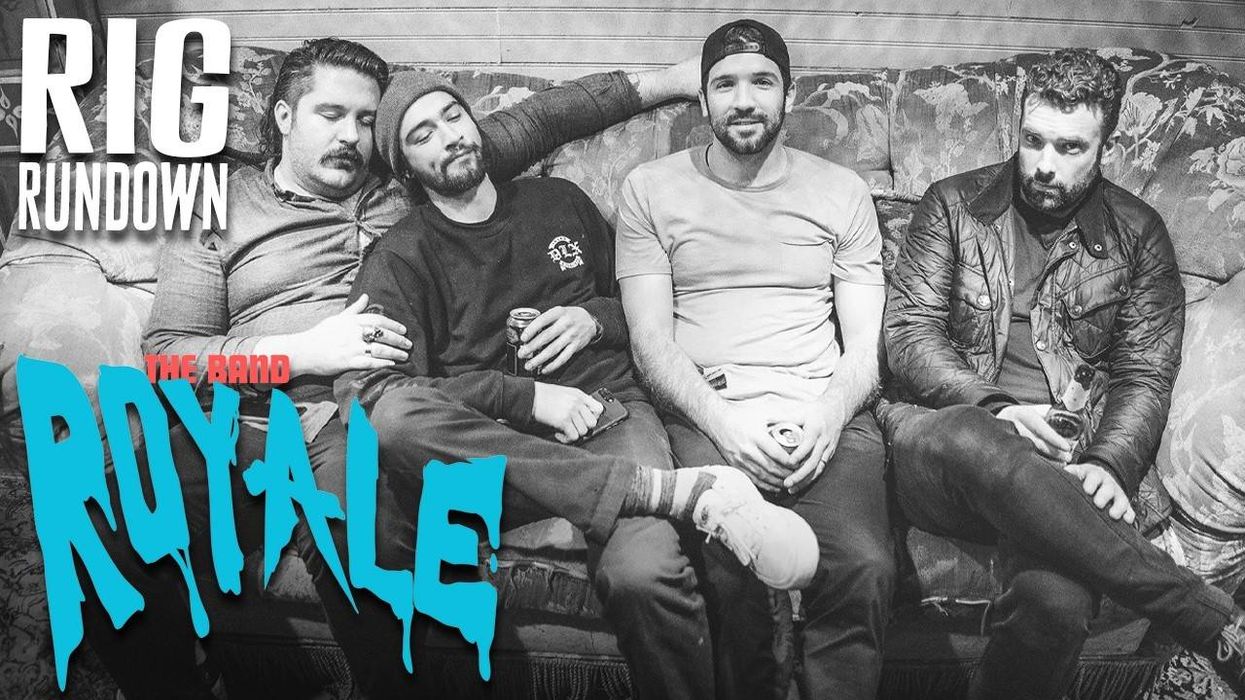
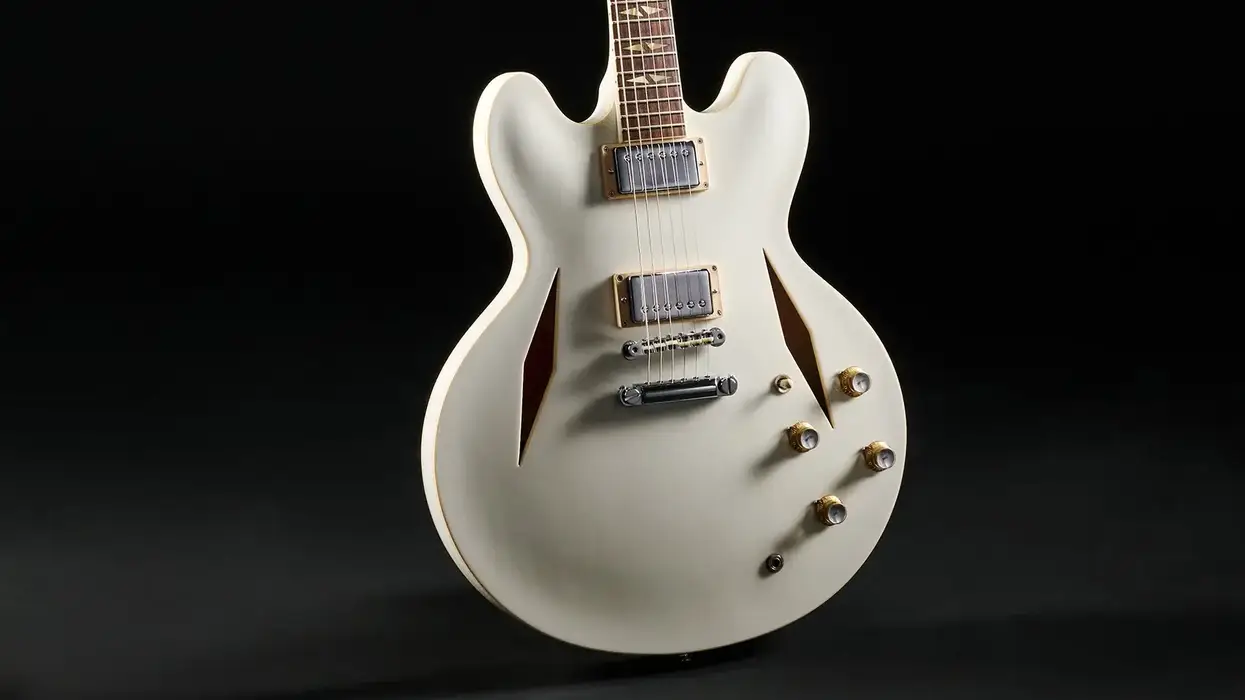
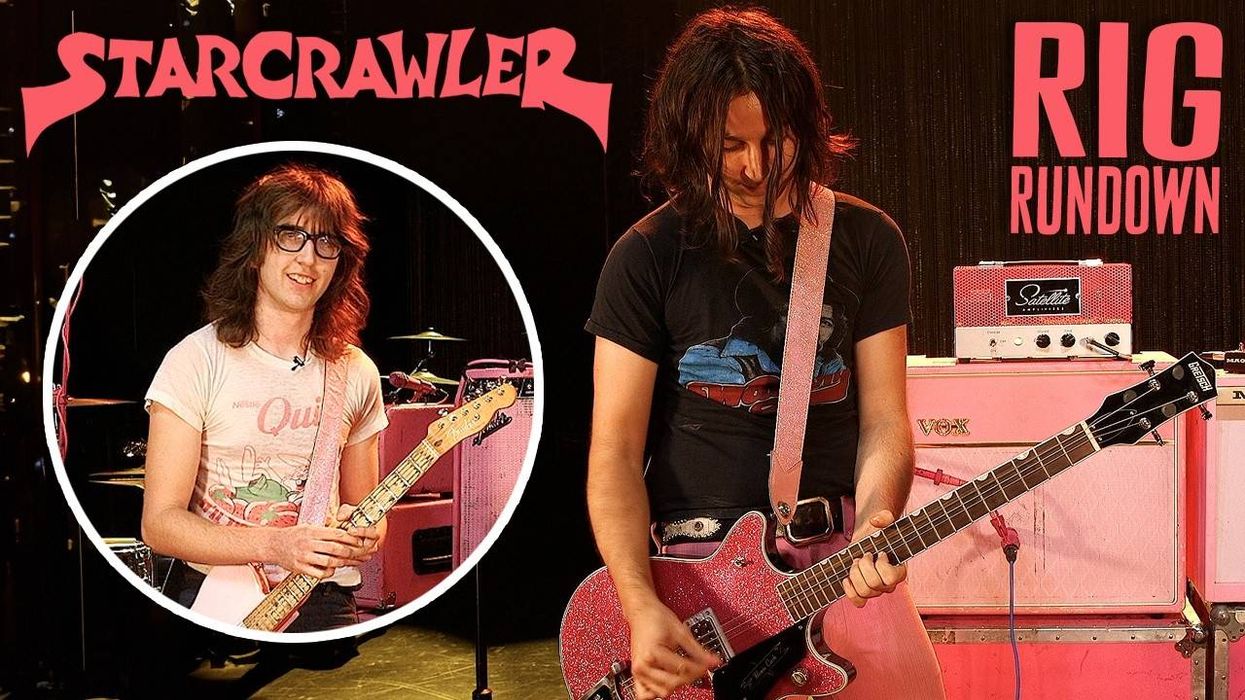
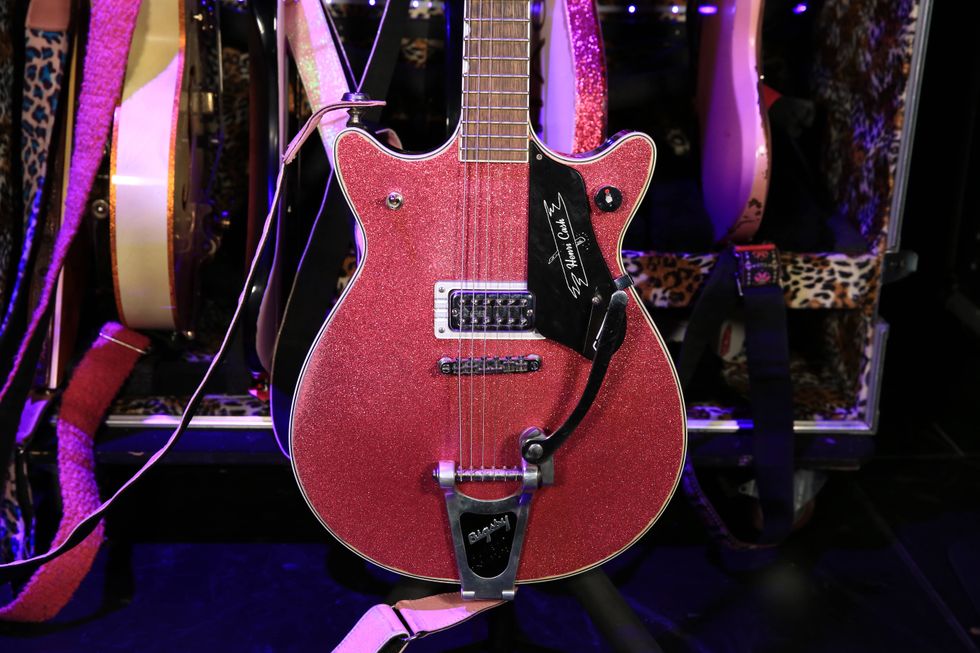
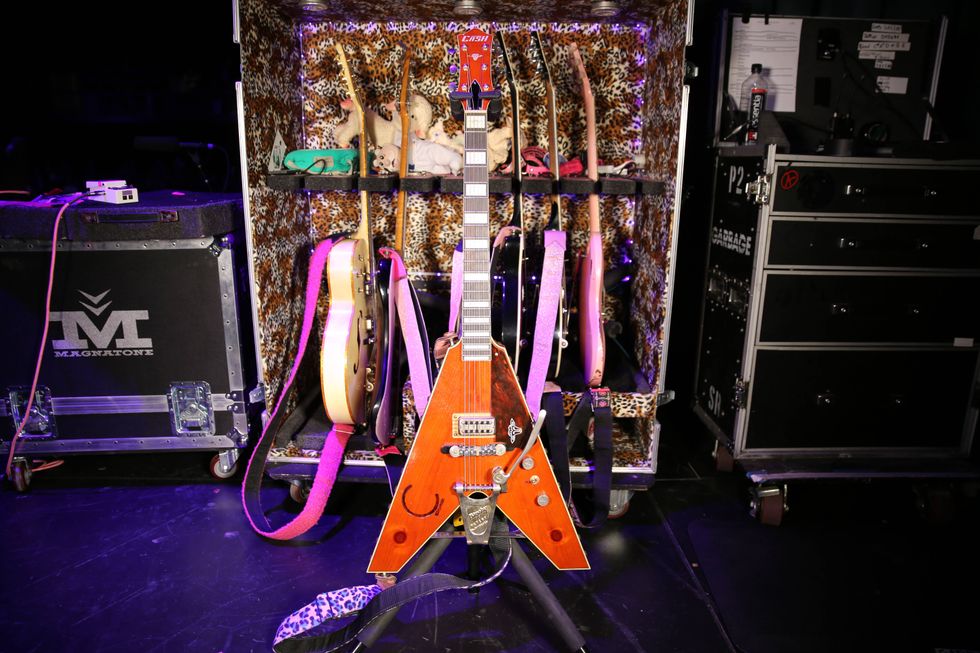
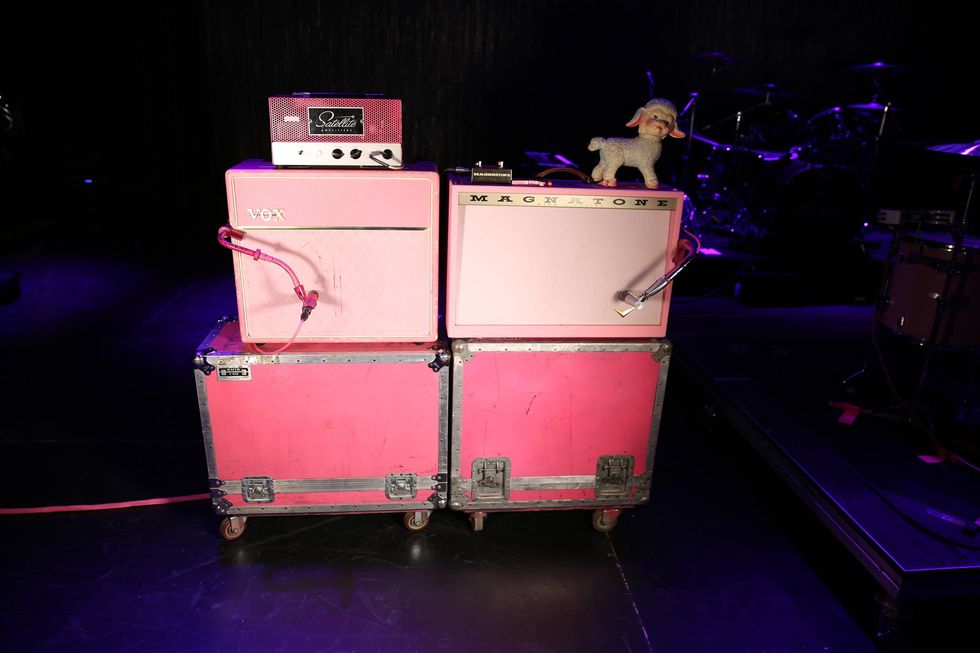
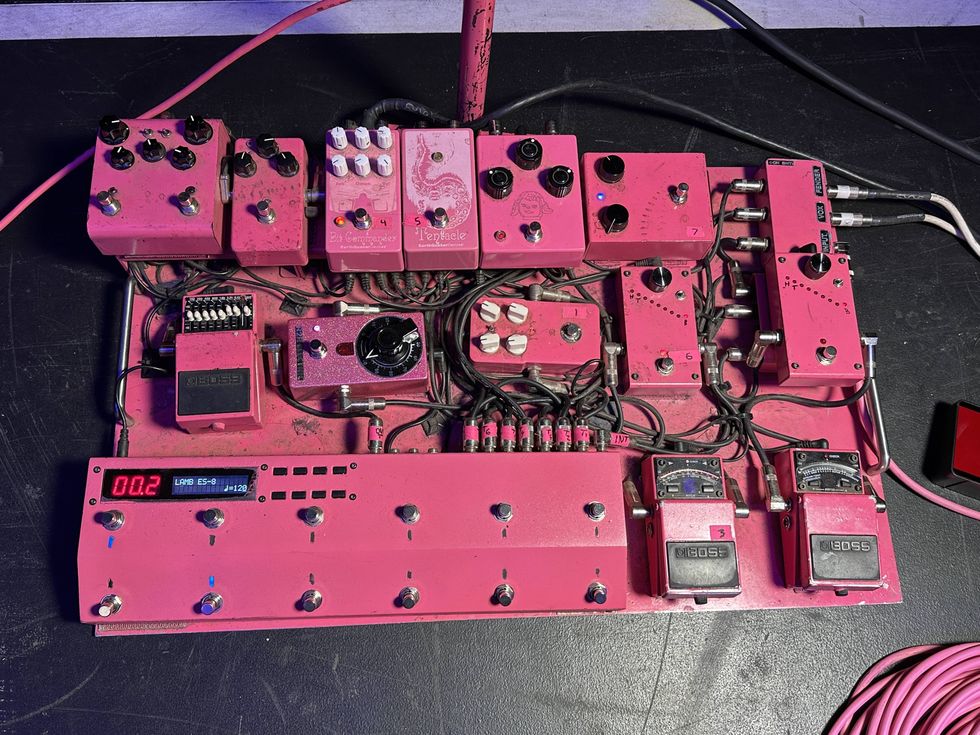
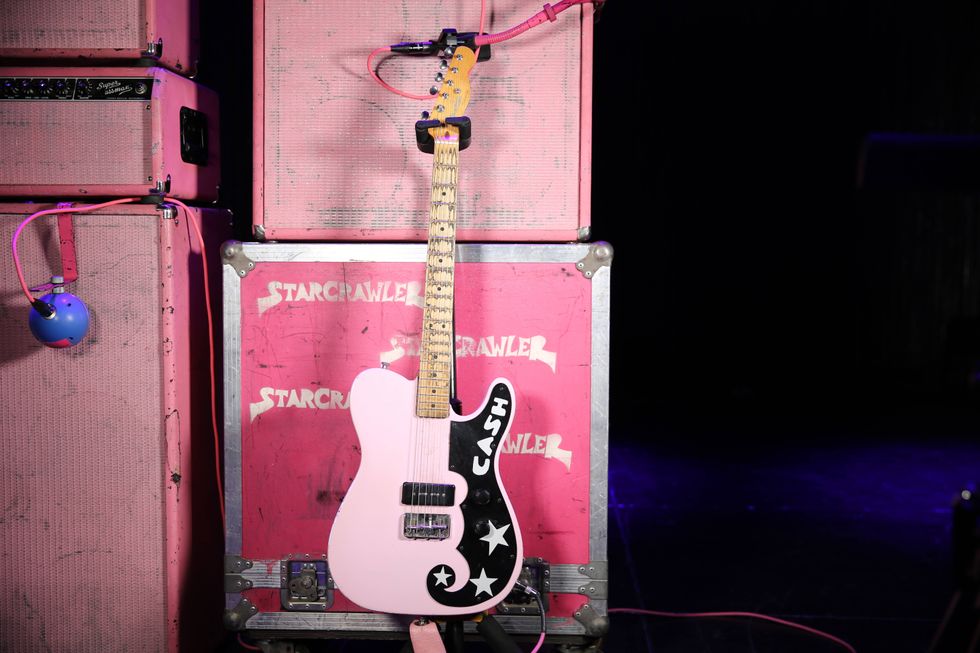
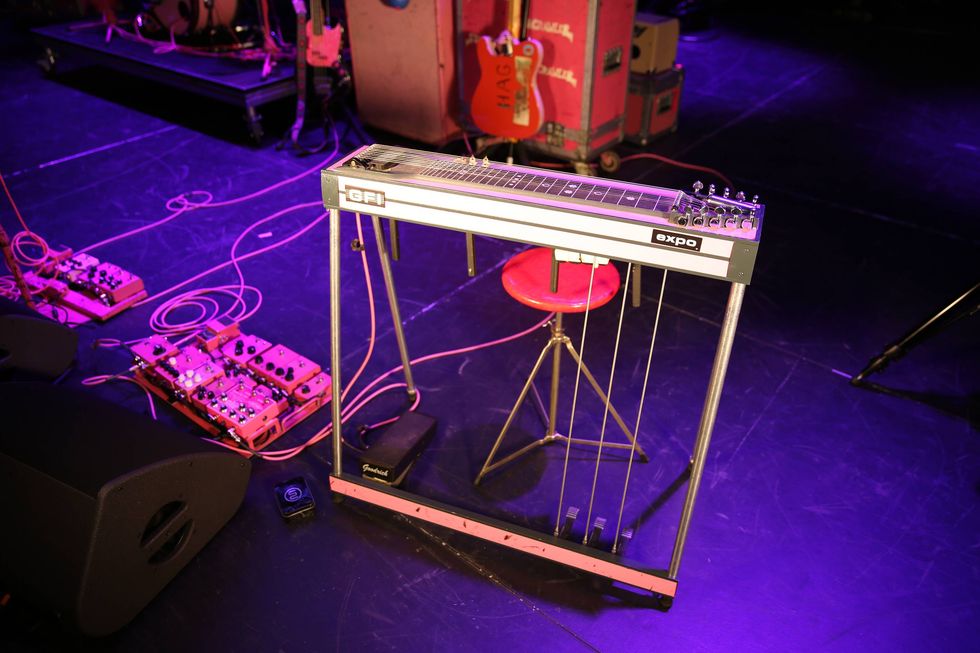
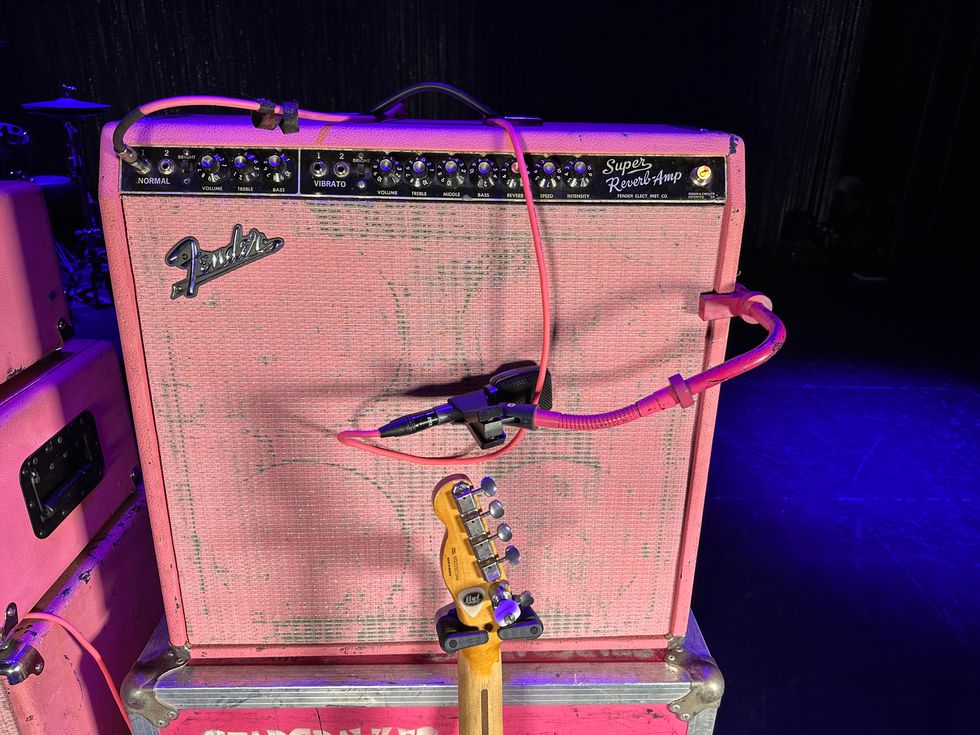
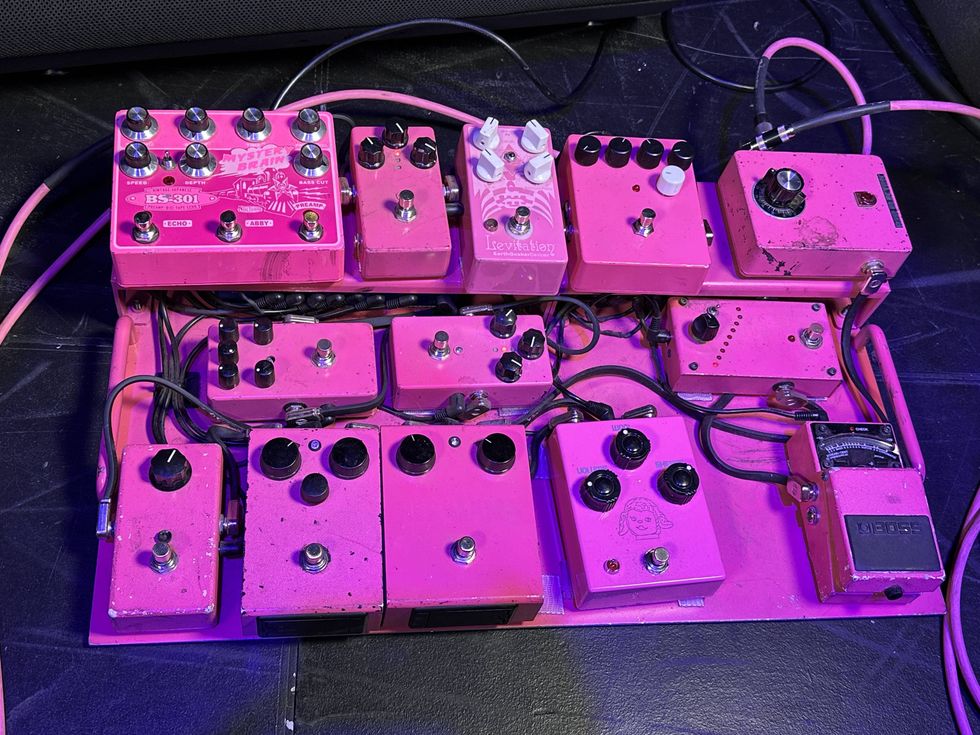

![Devon Eisenbarger [Katy Perry] Rig Rundown](https://www.premierguitar.com/media-library/youtube.jpg?id=61774583&width=1245&height=700&quality=70&coordinates=0%2C0%2C0%2C0)
